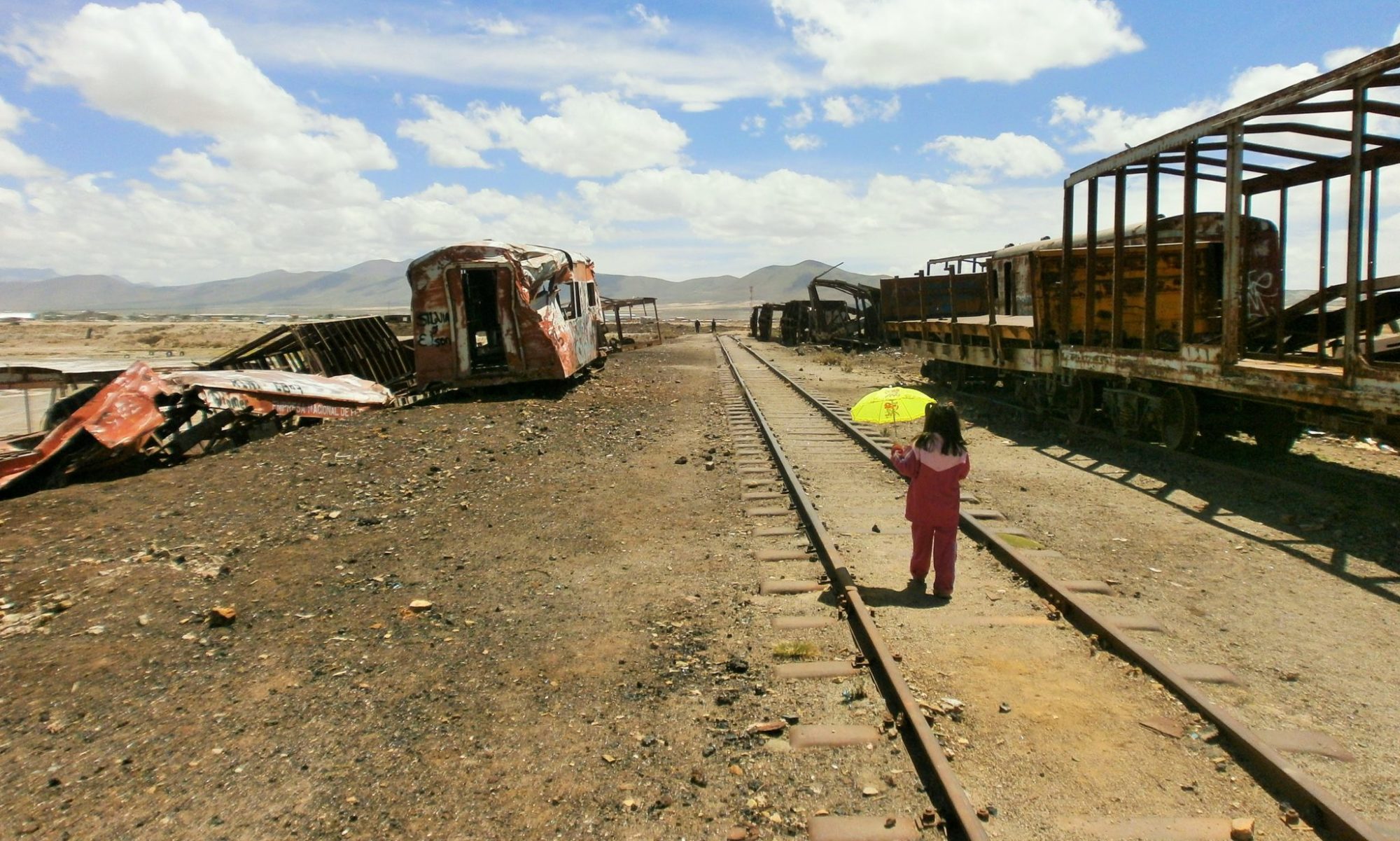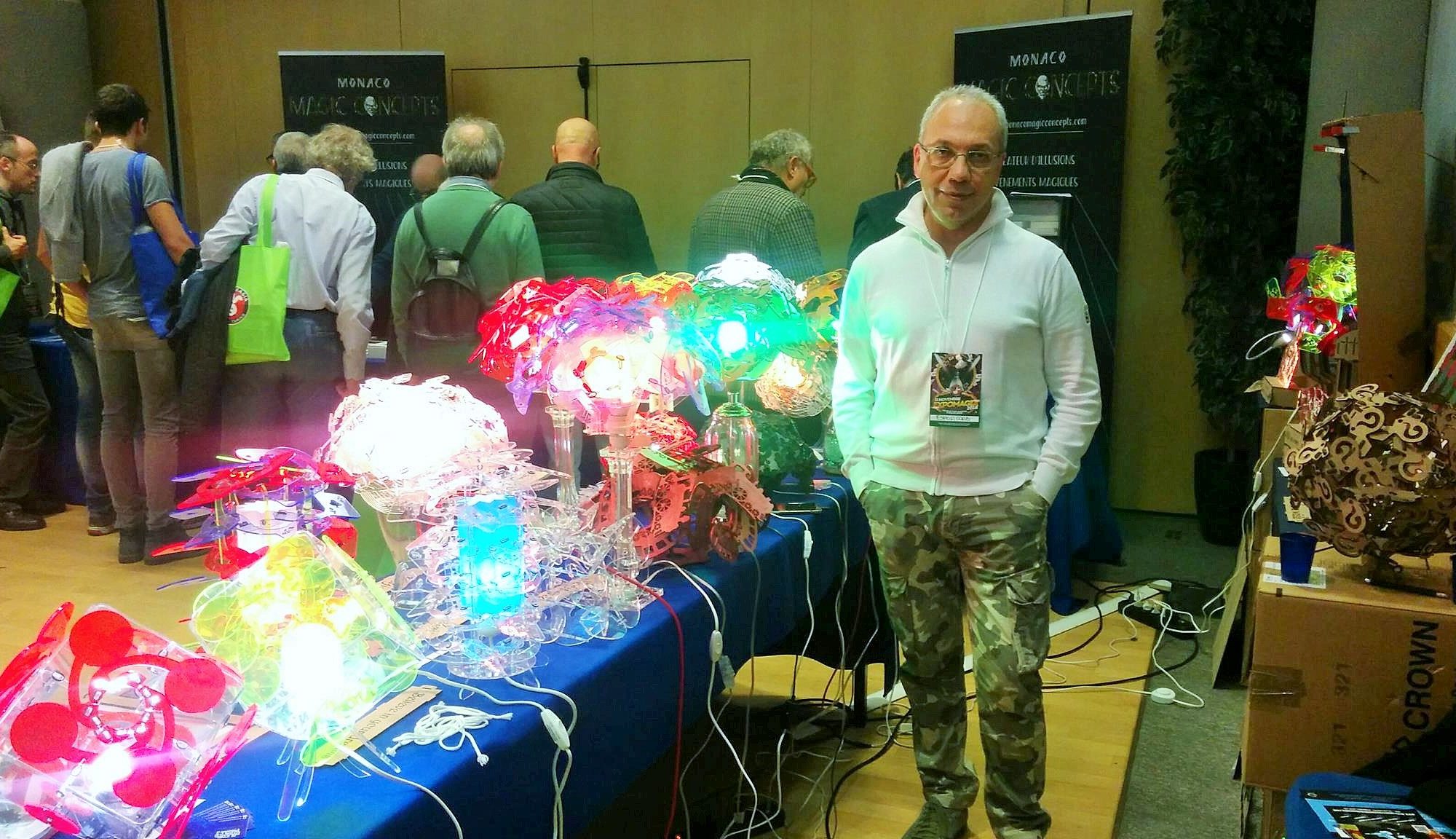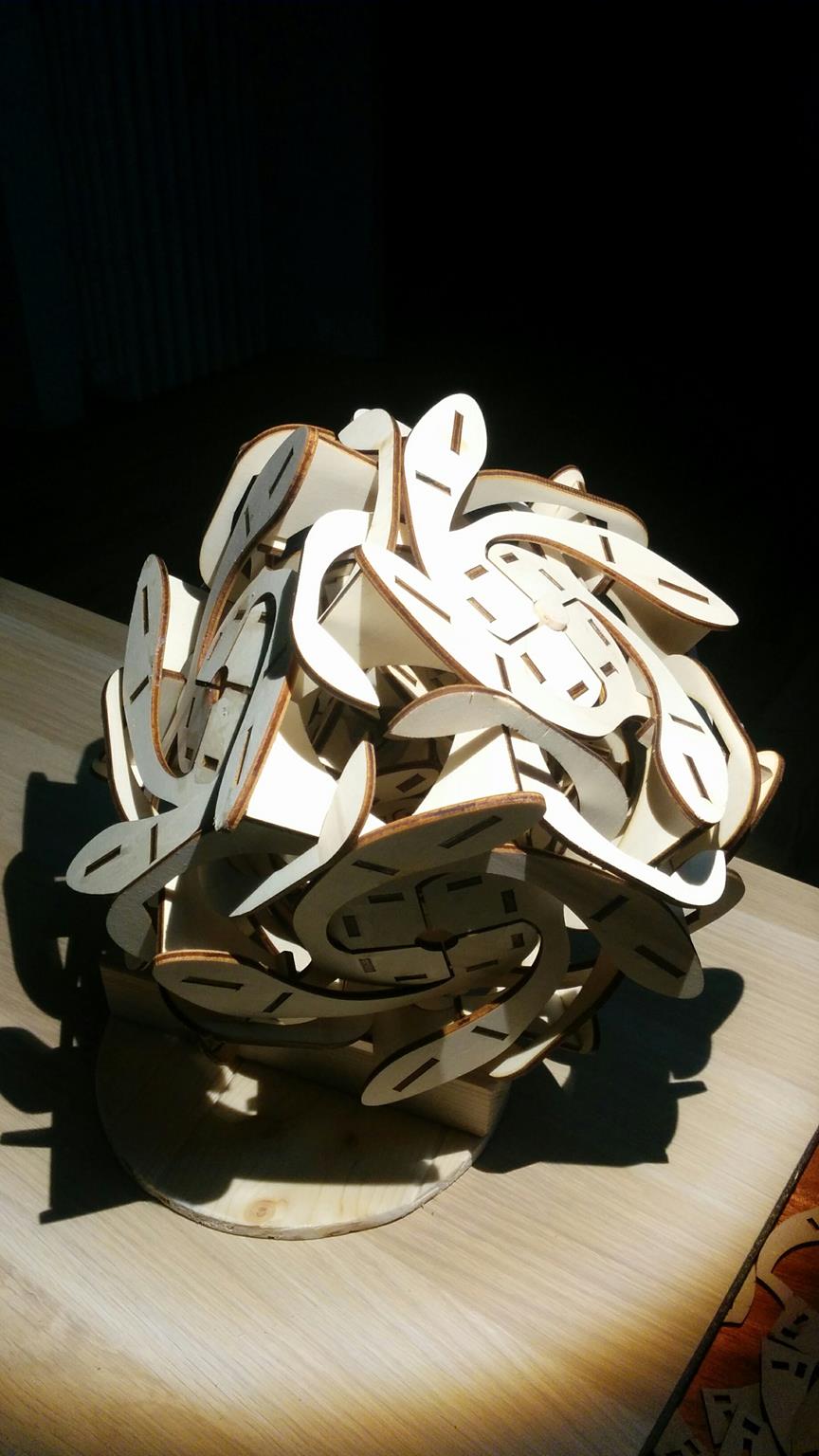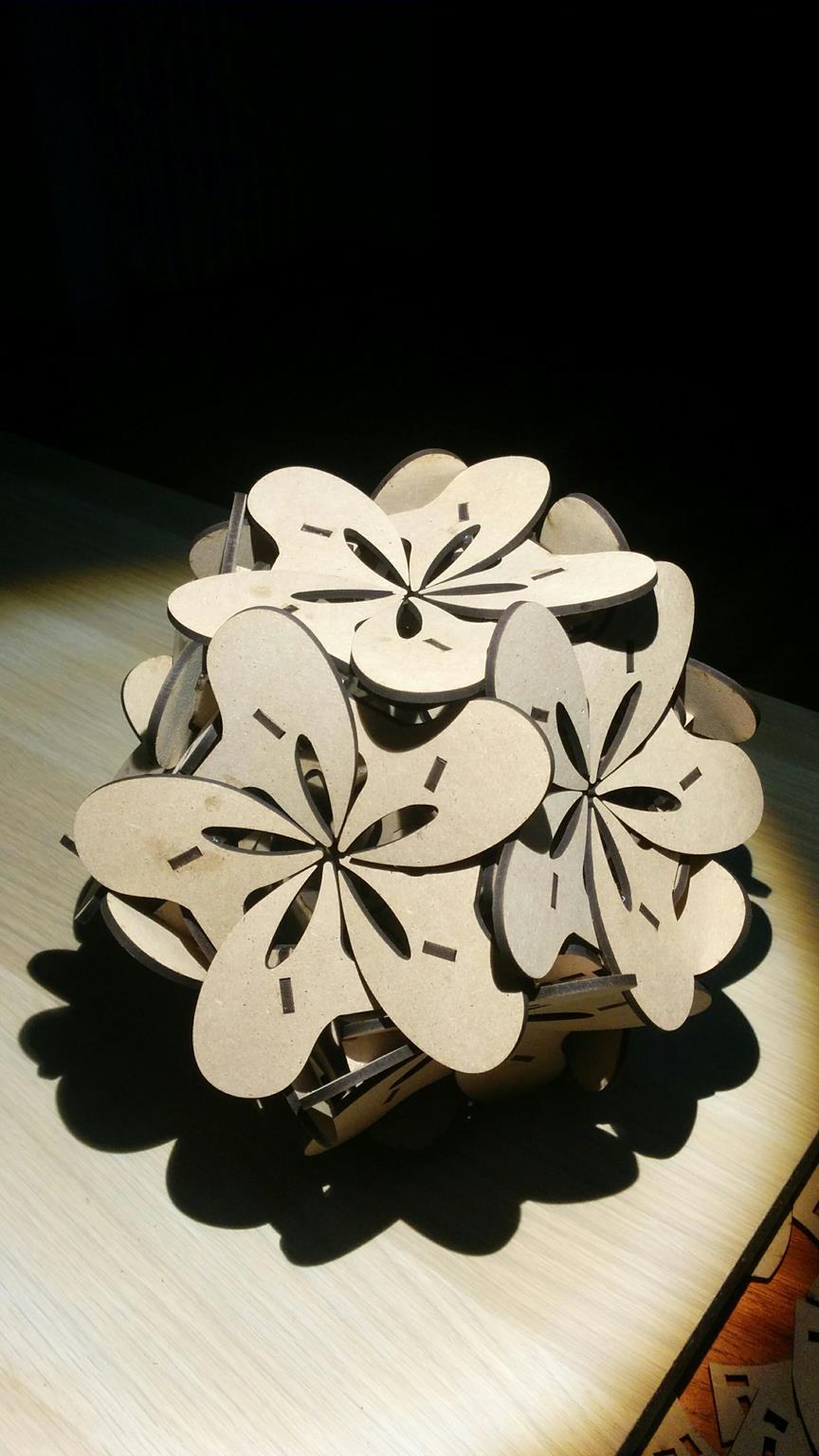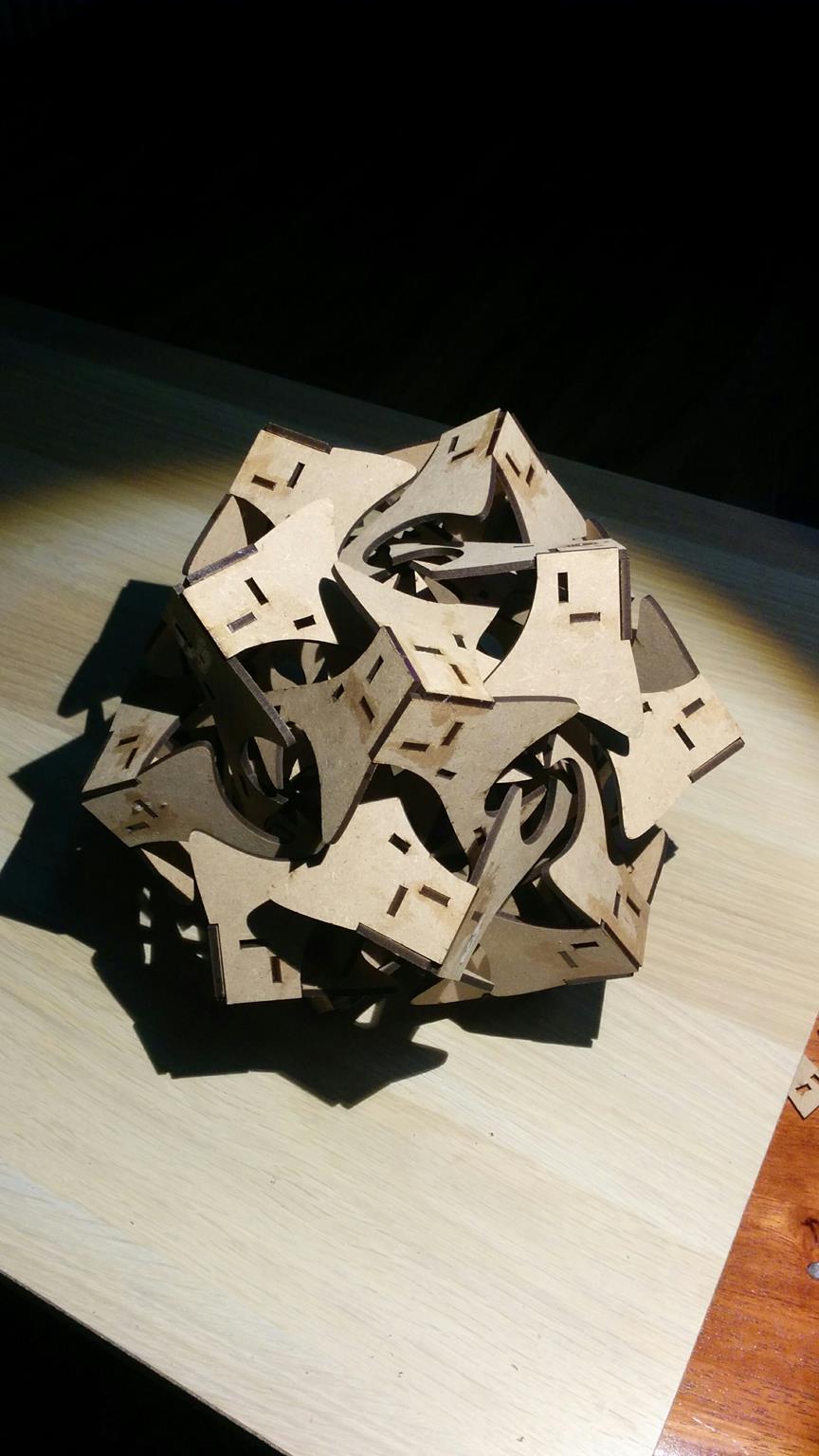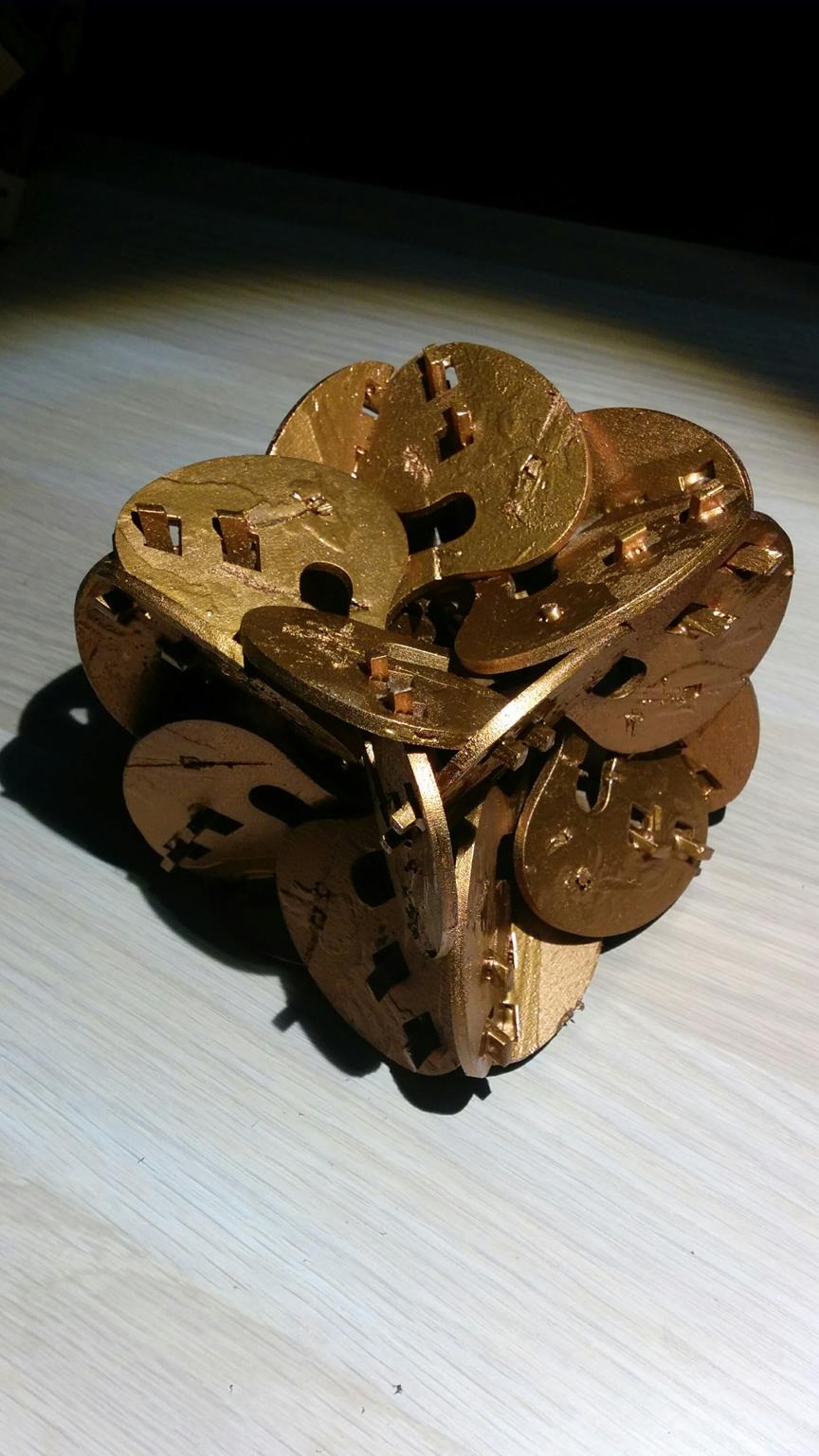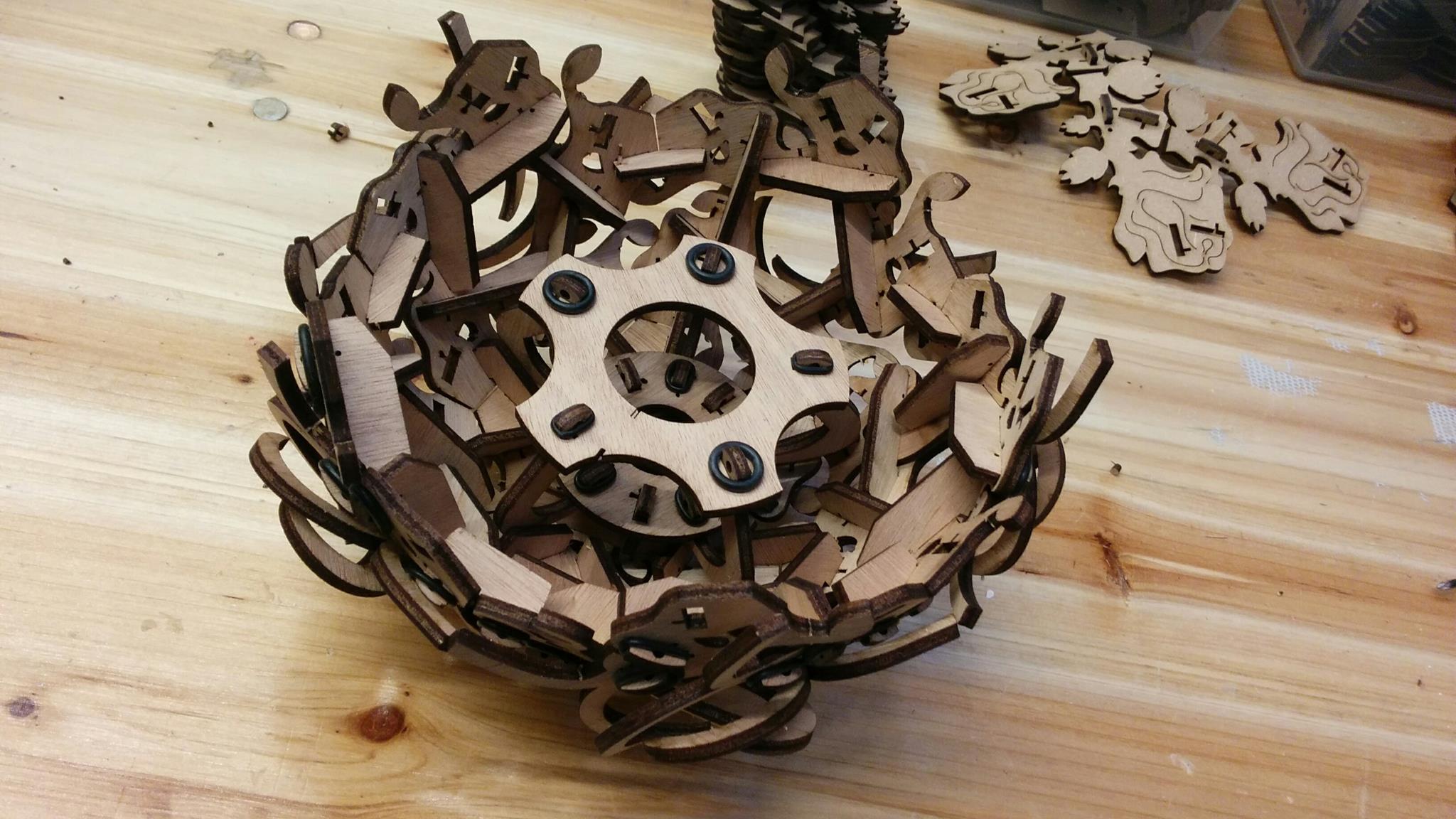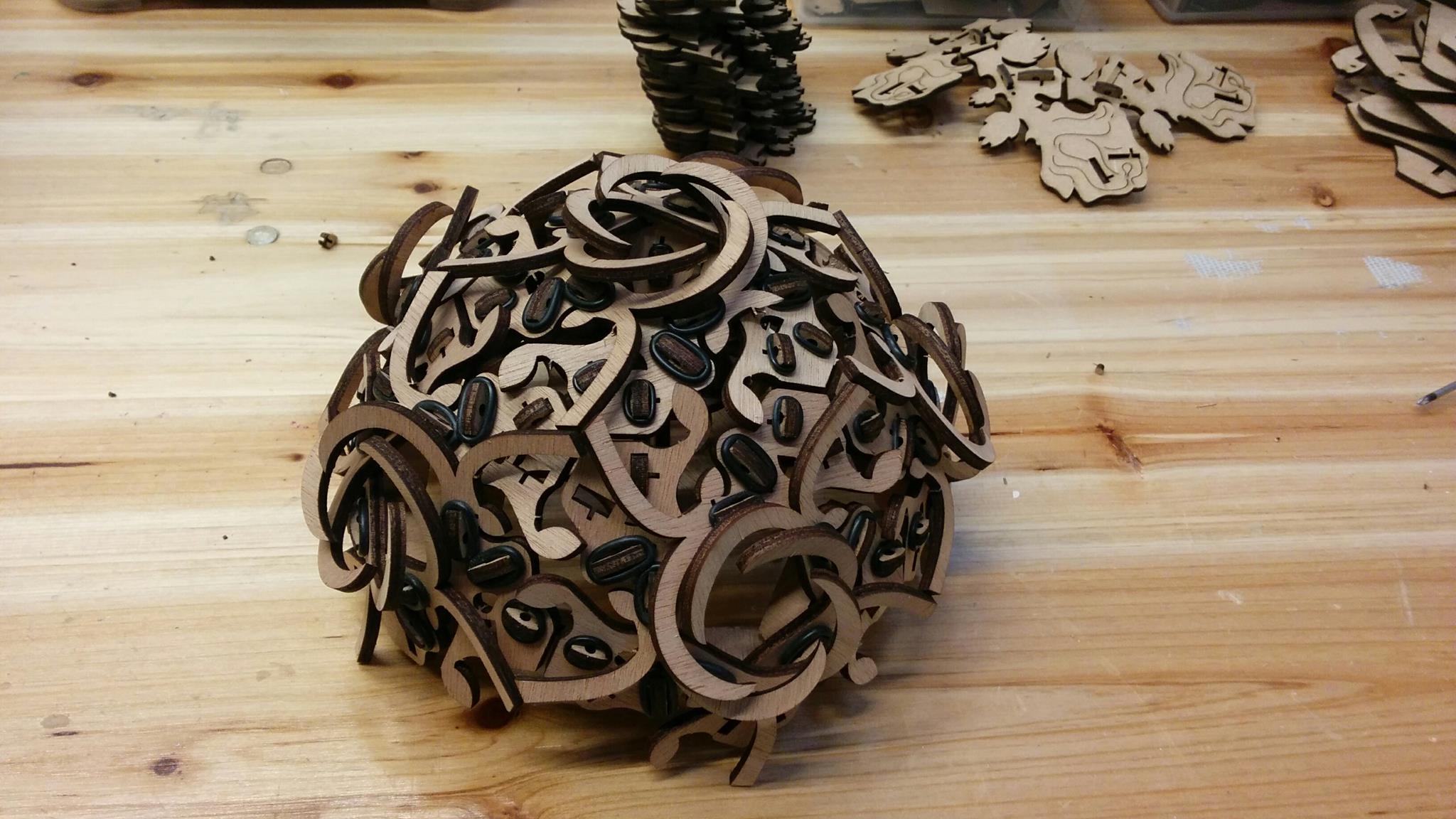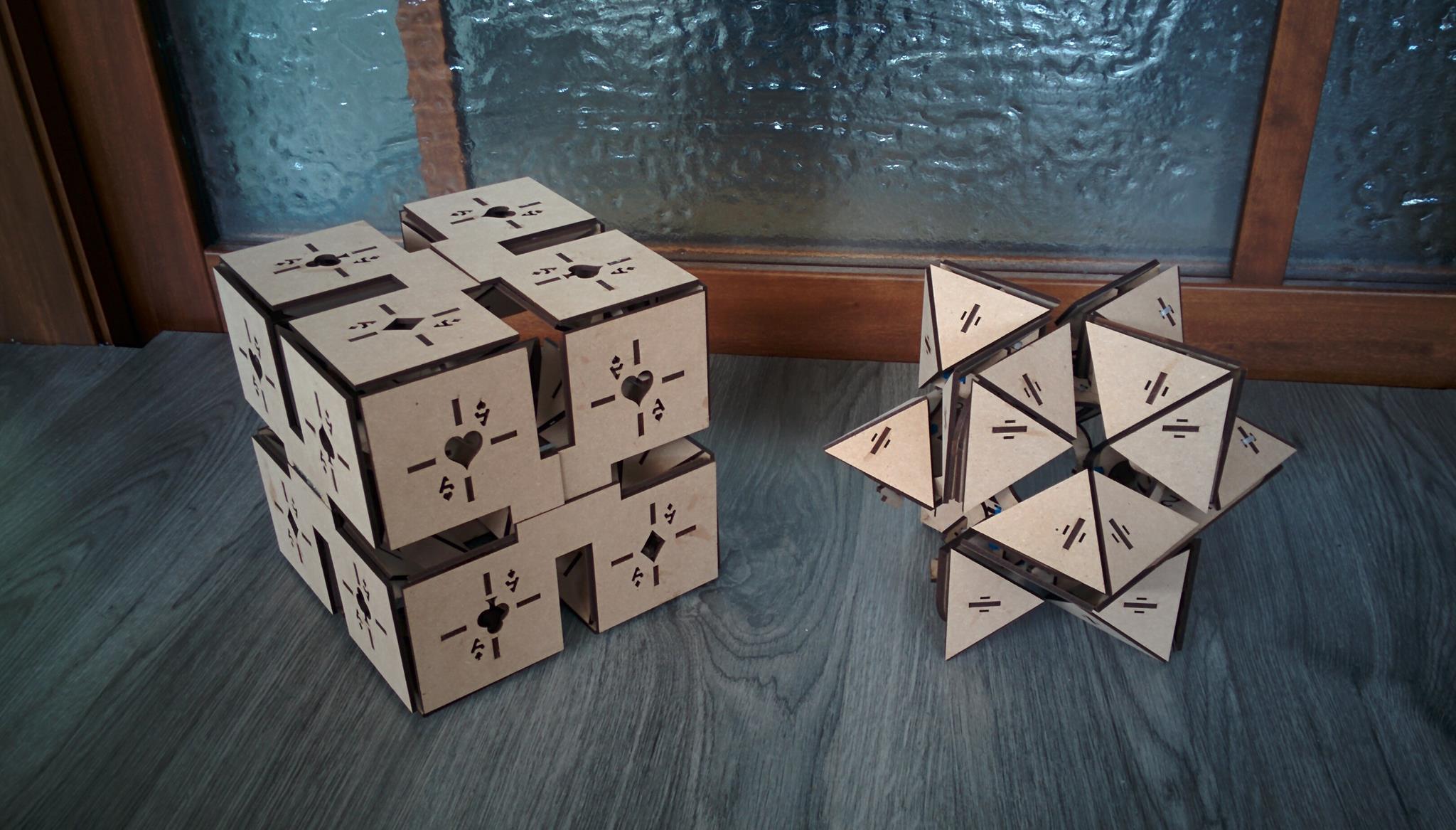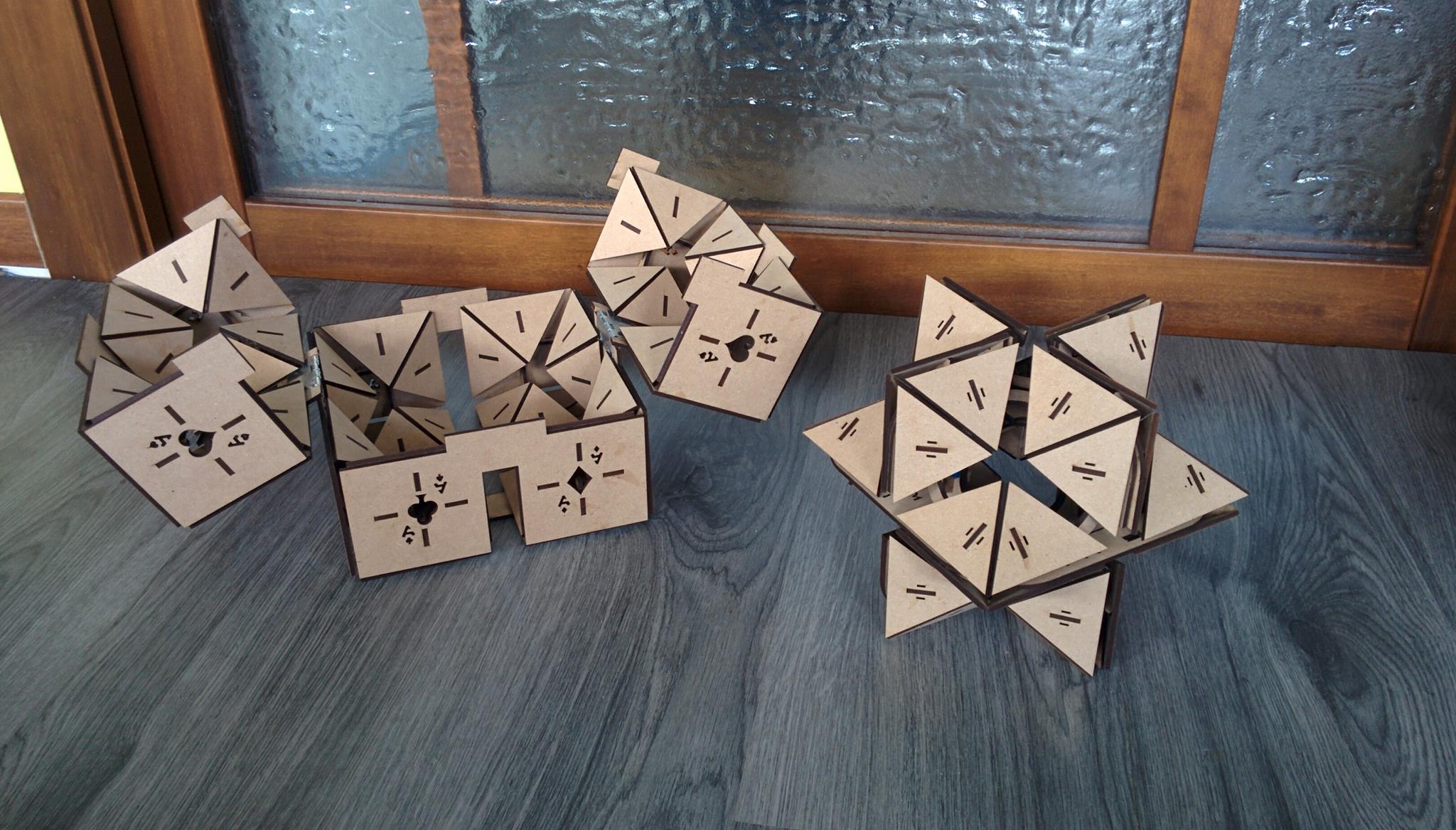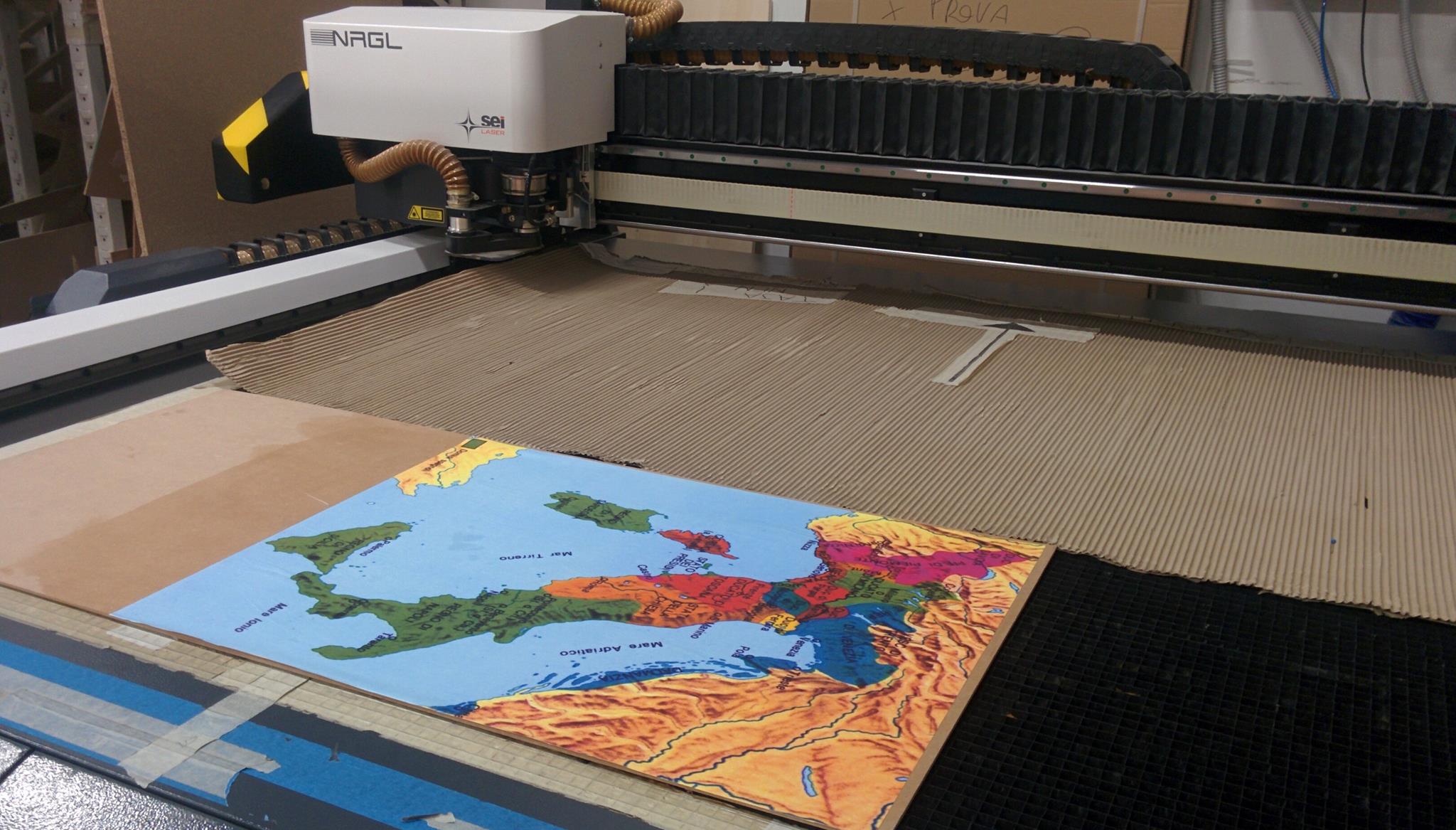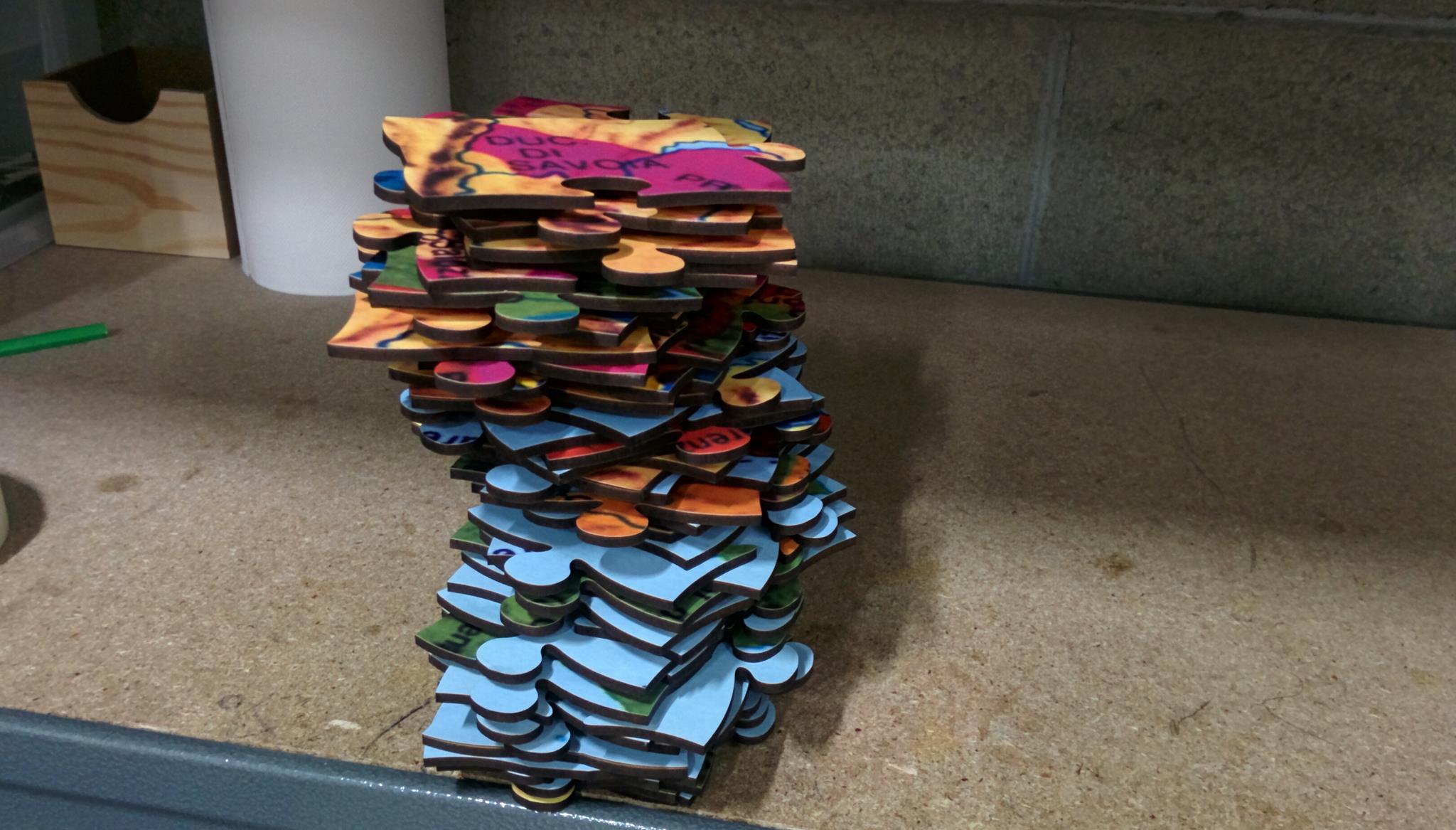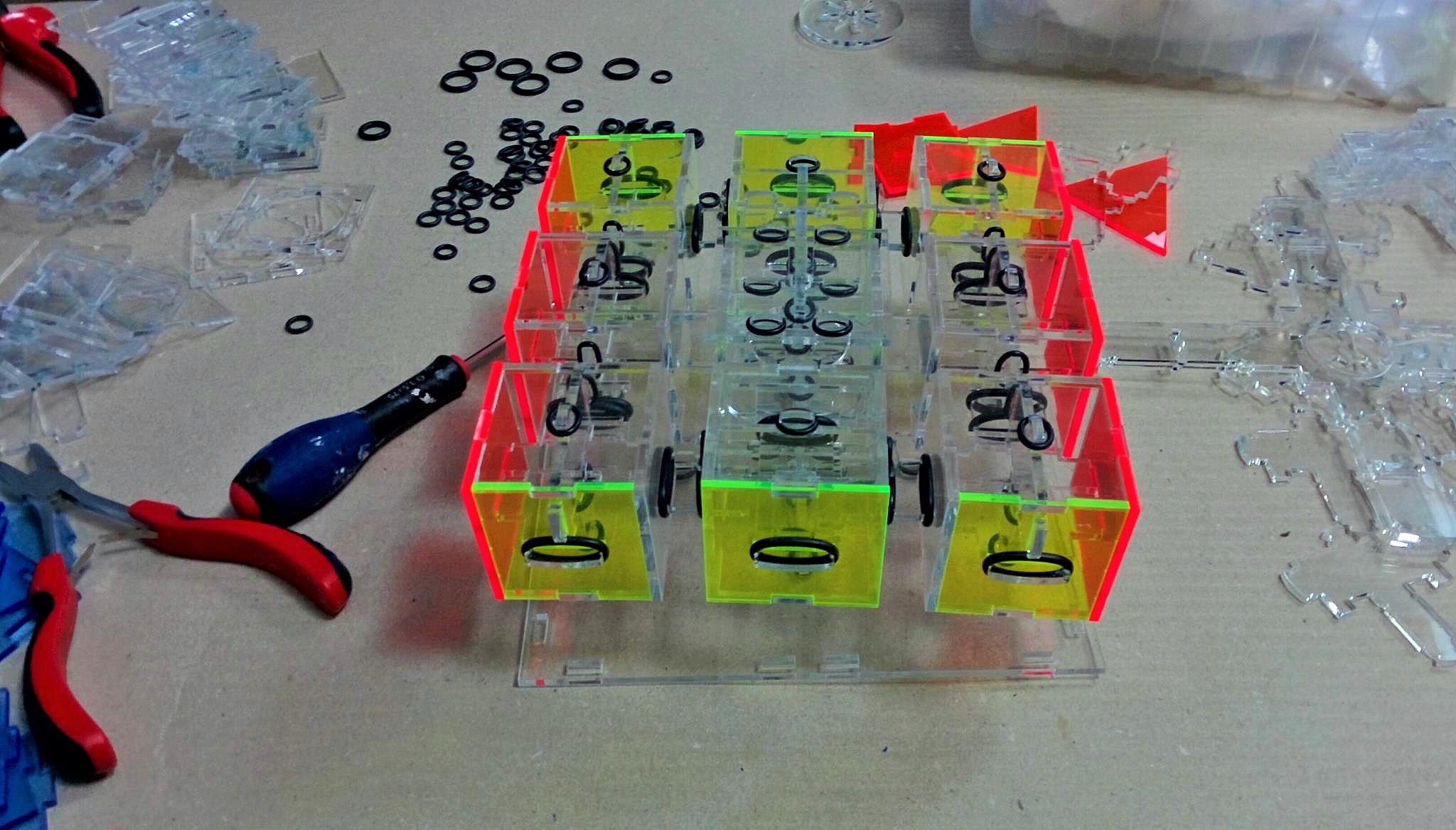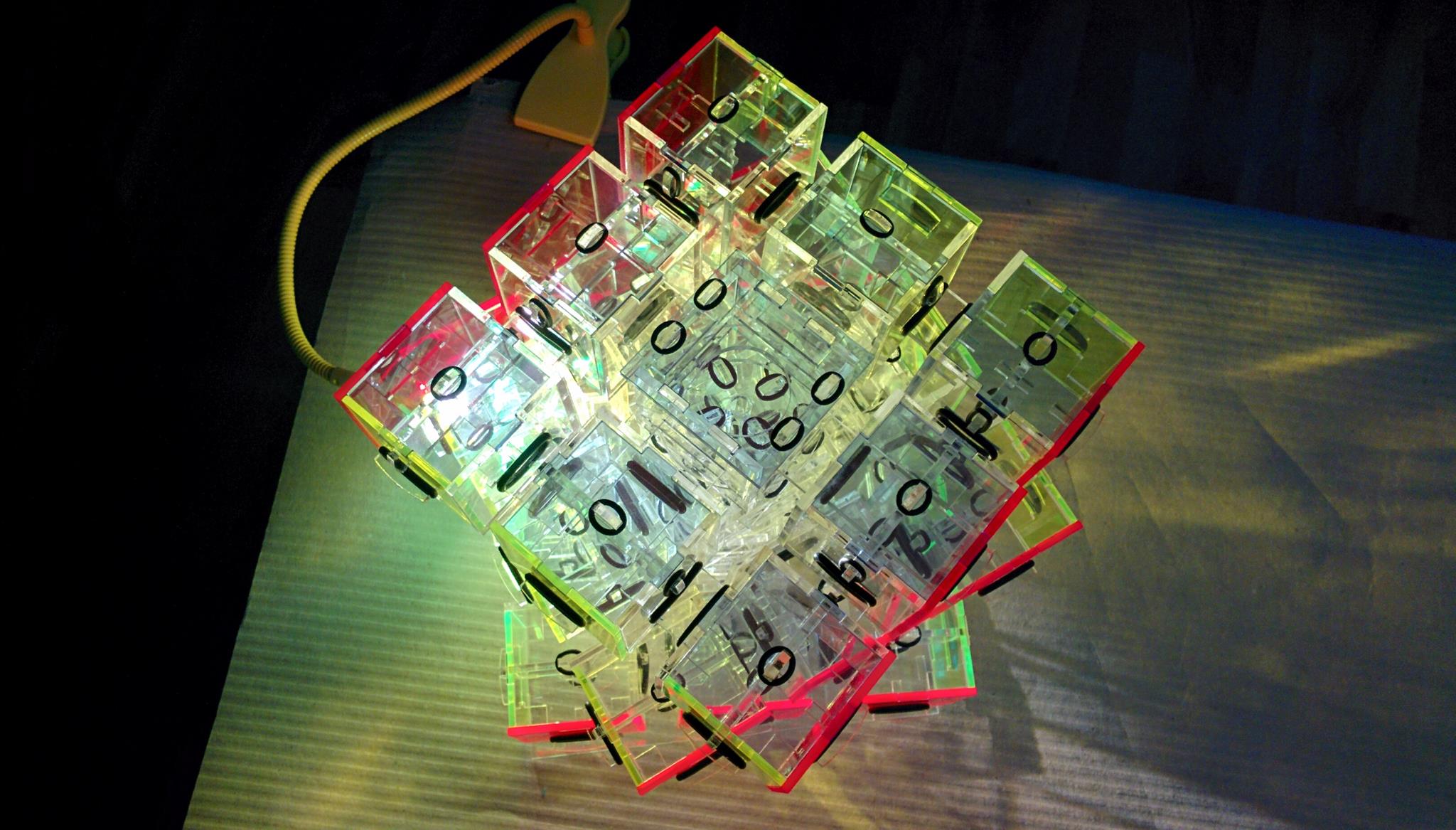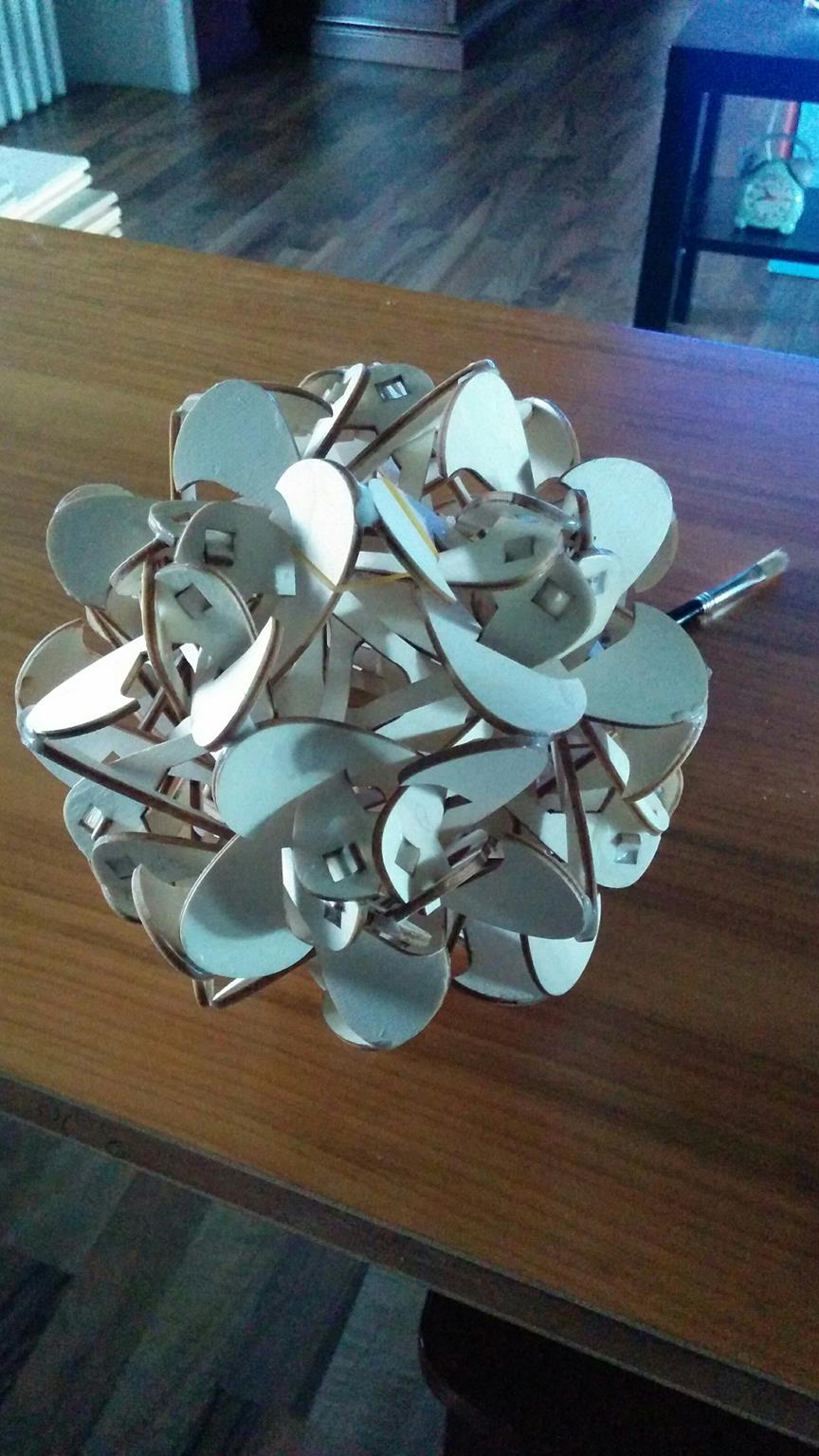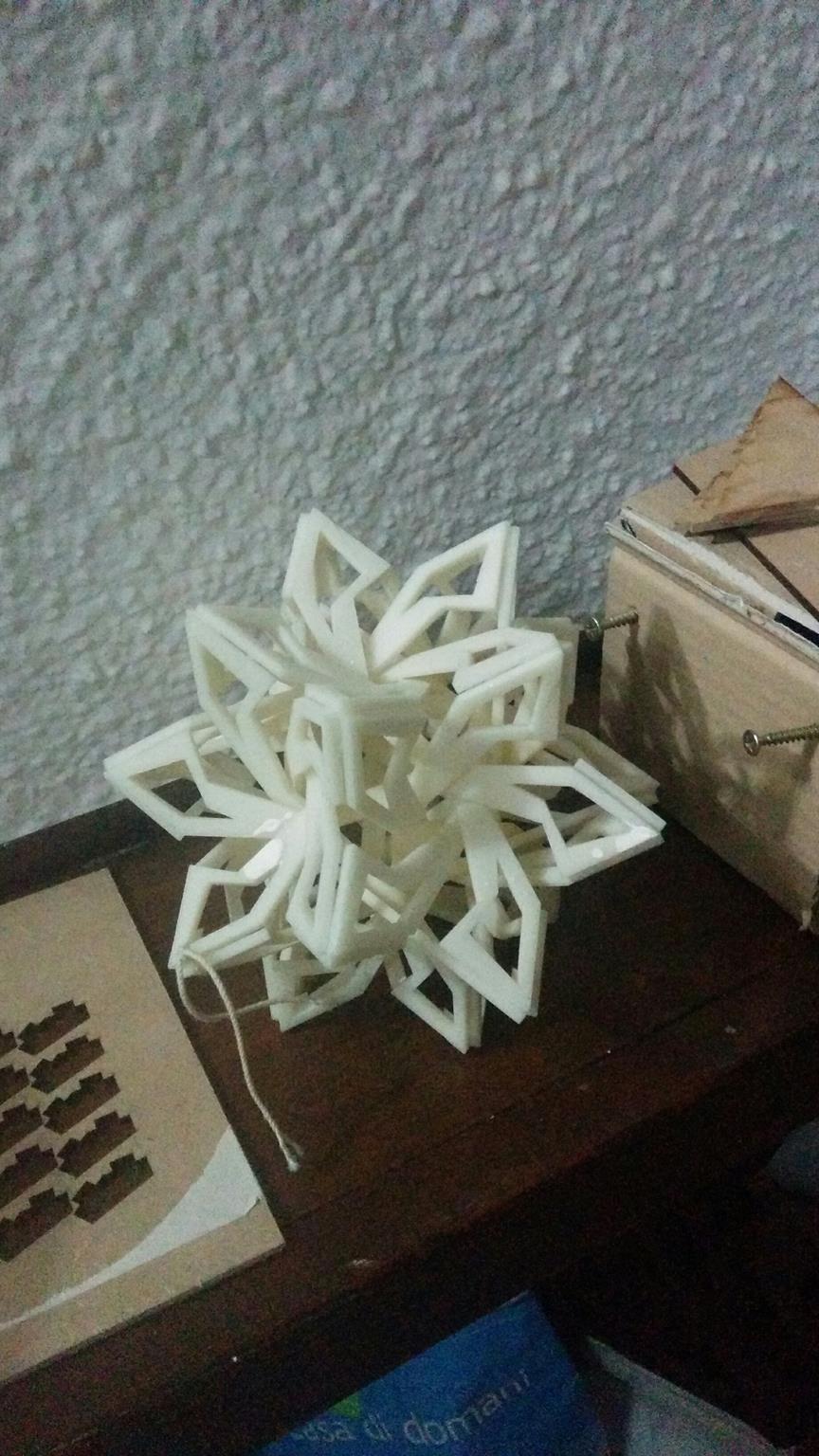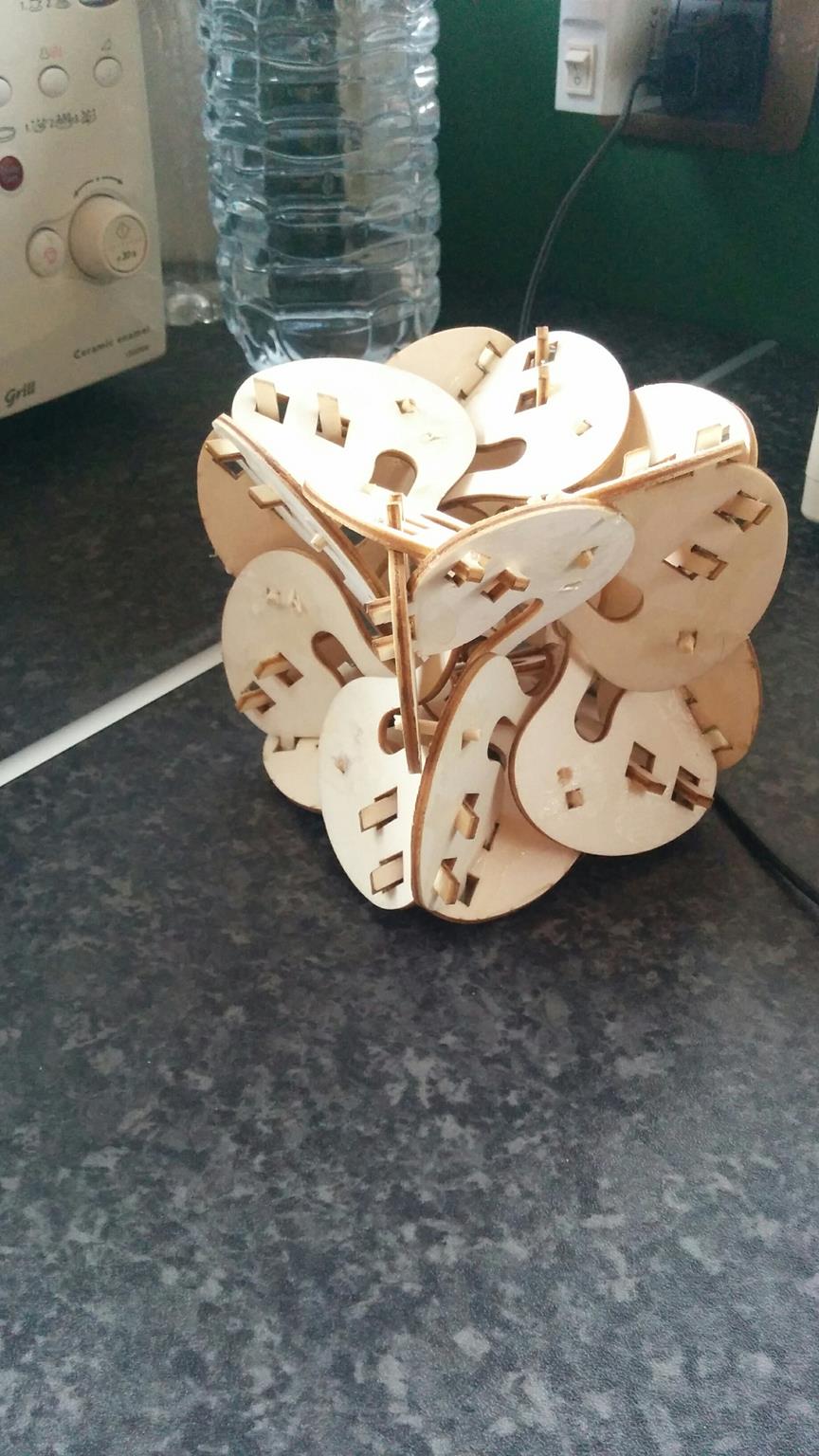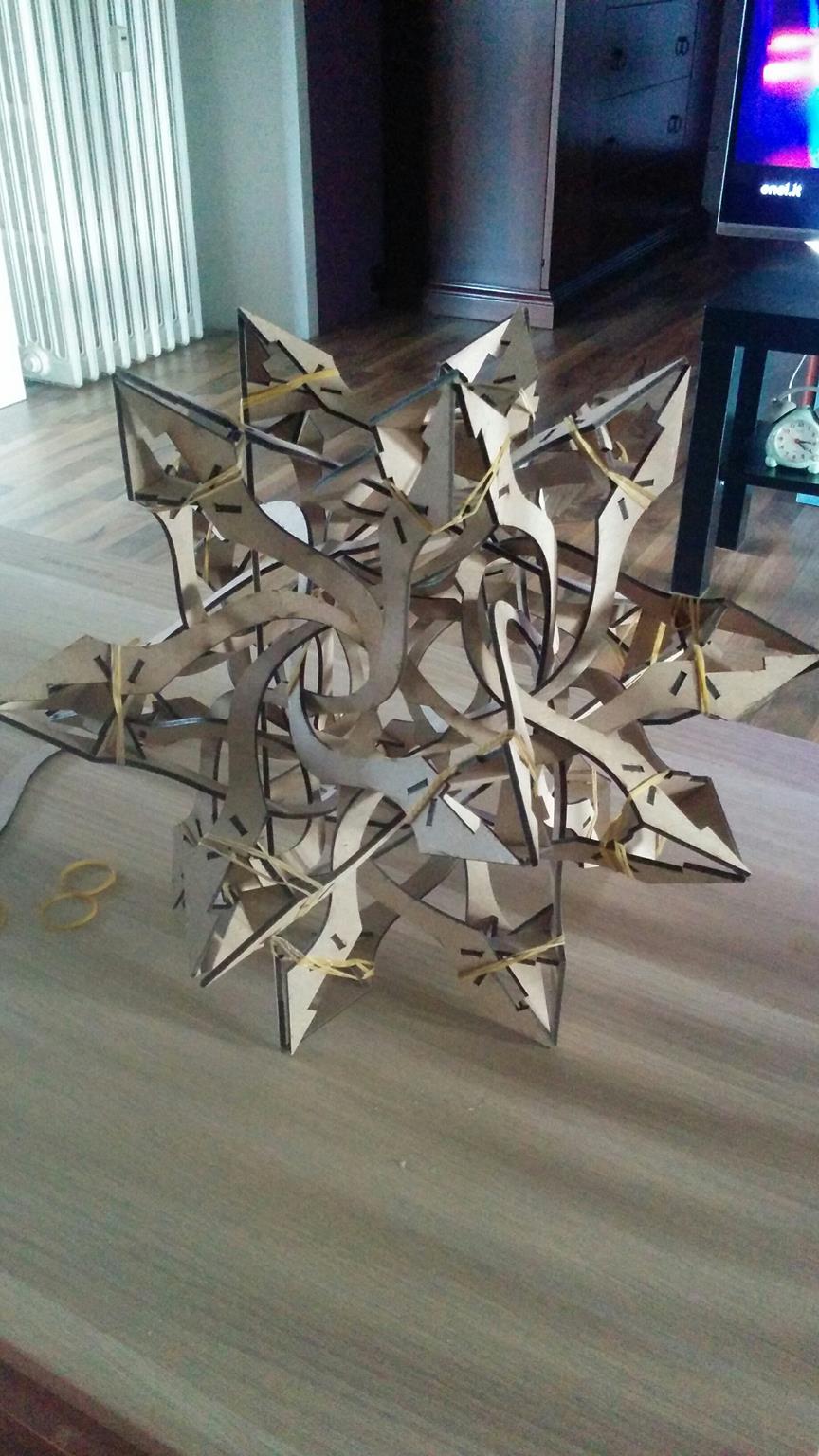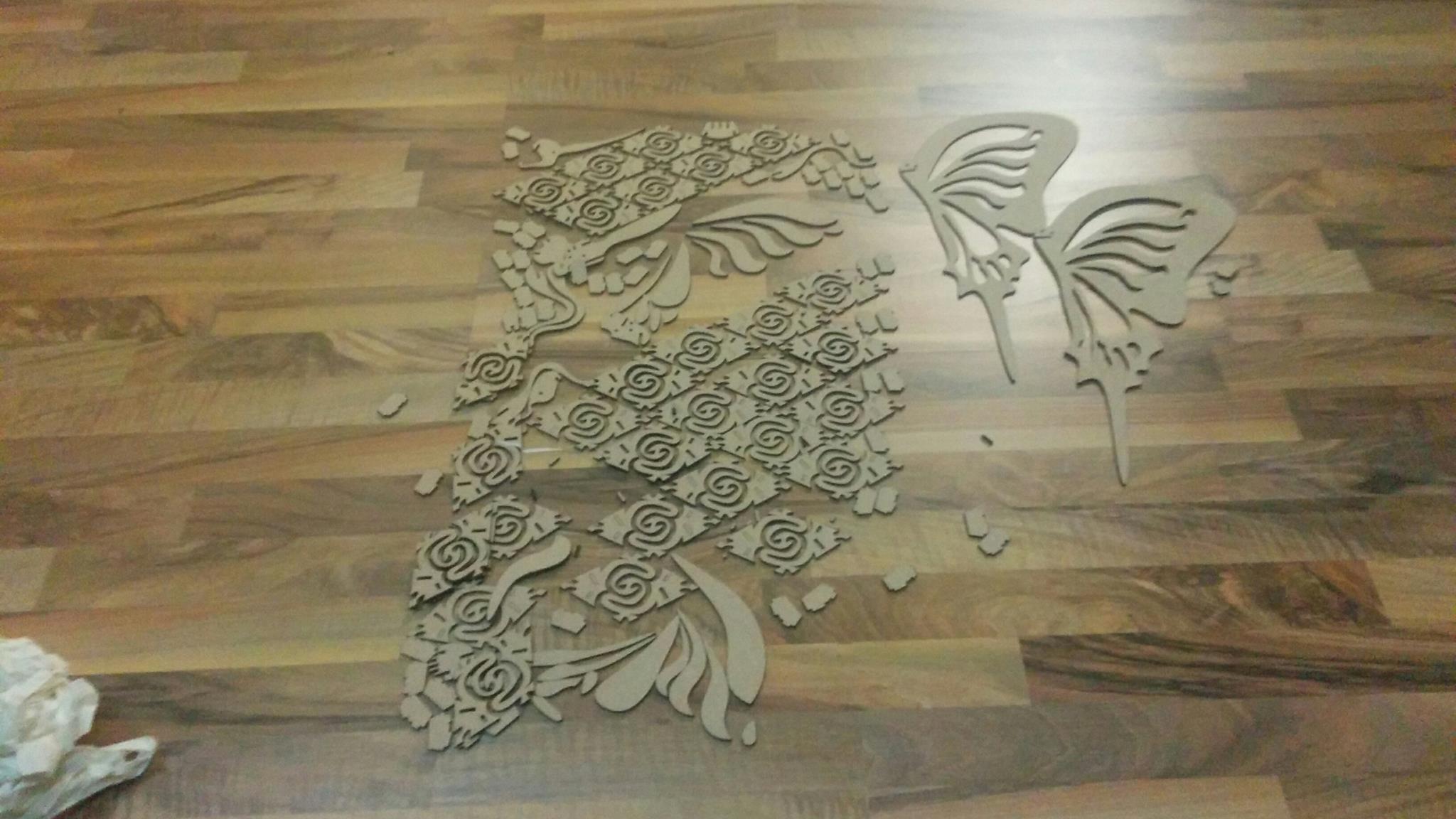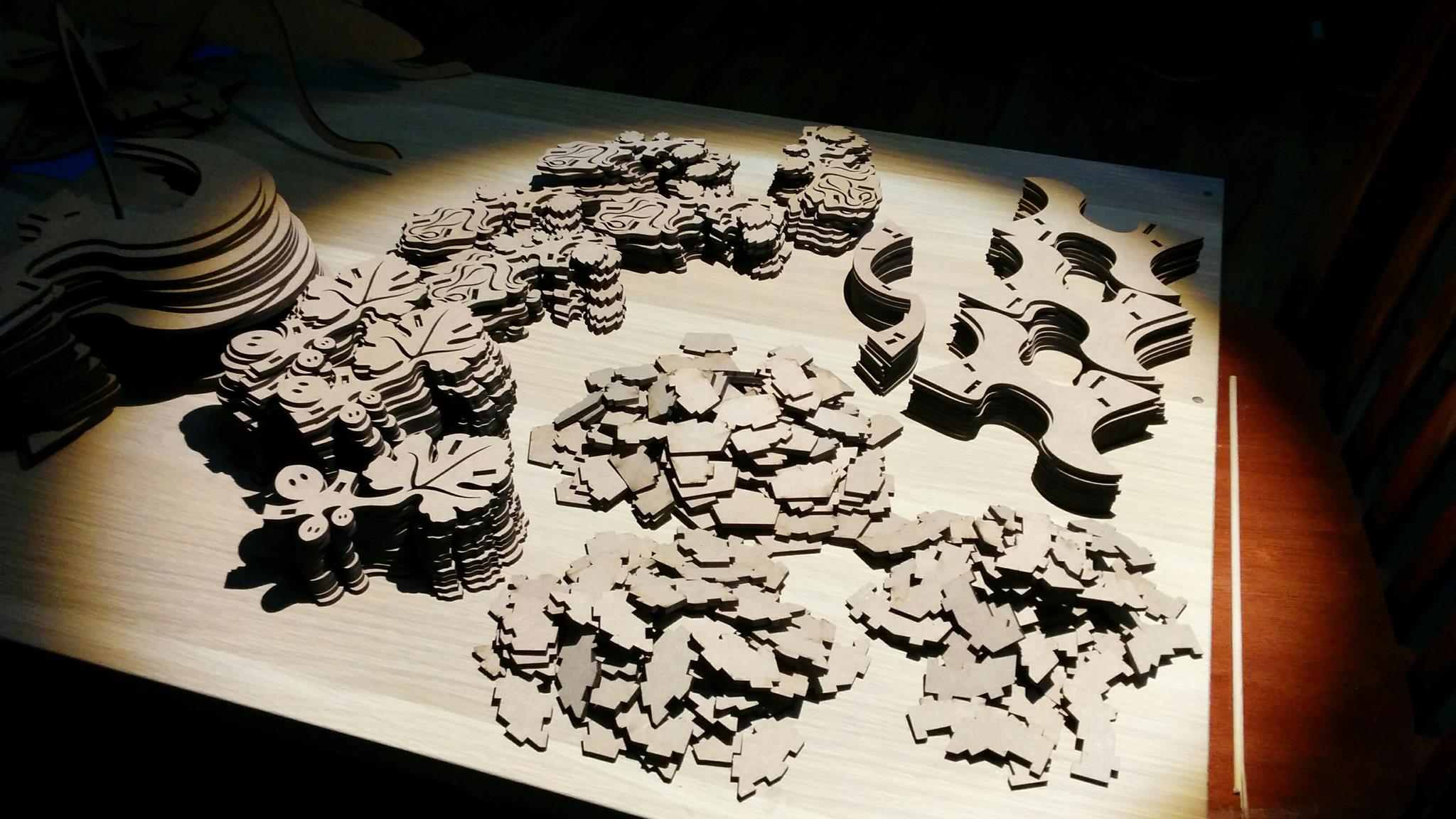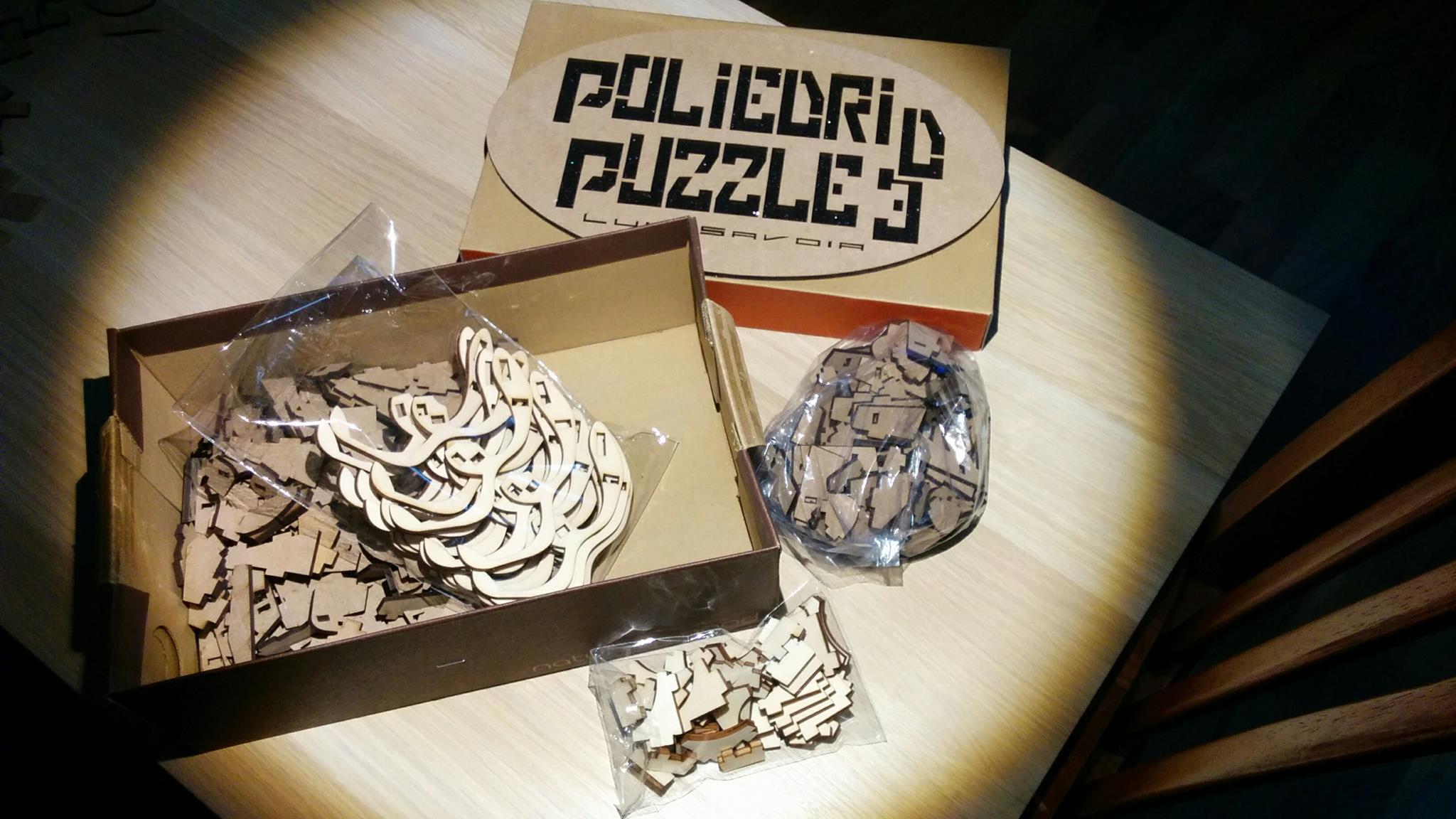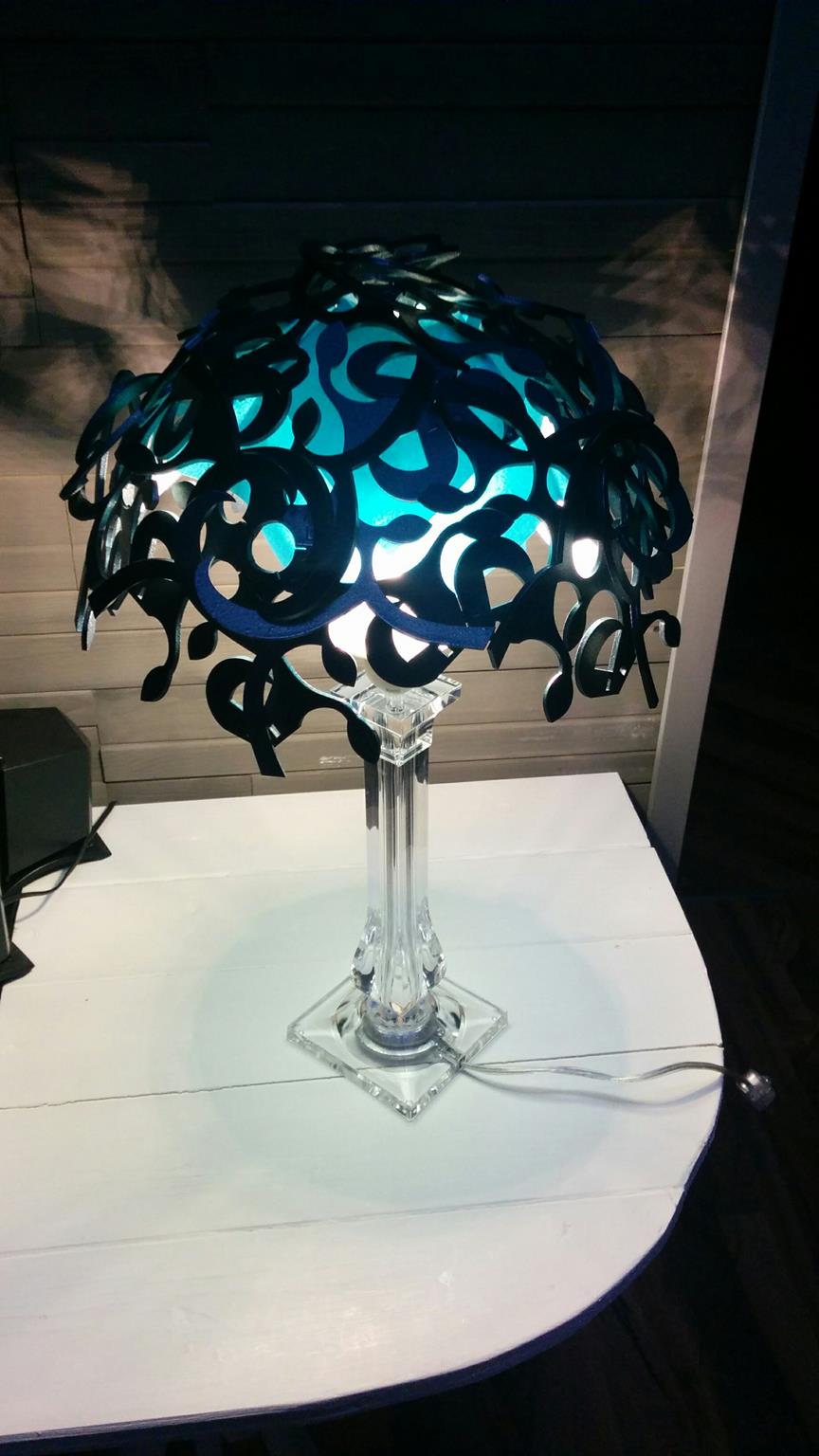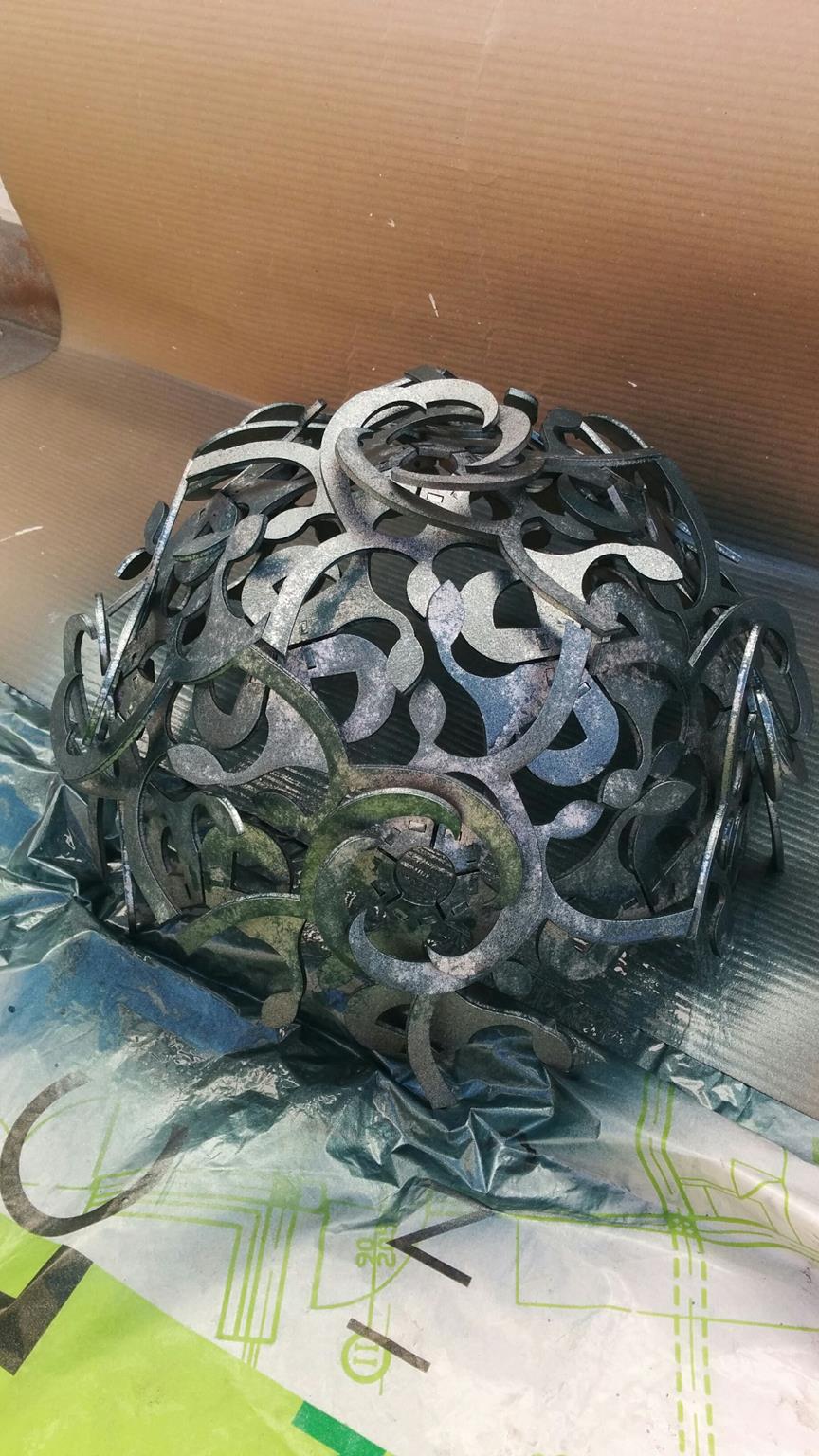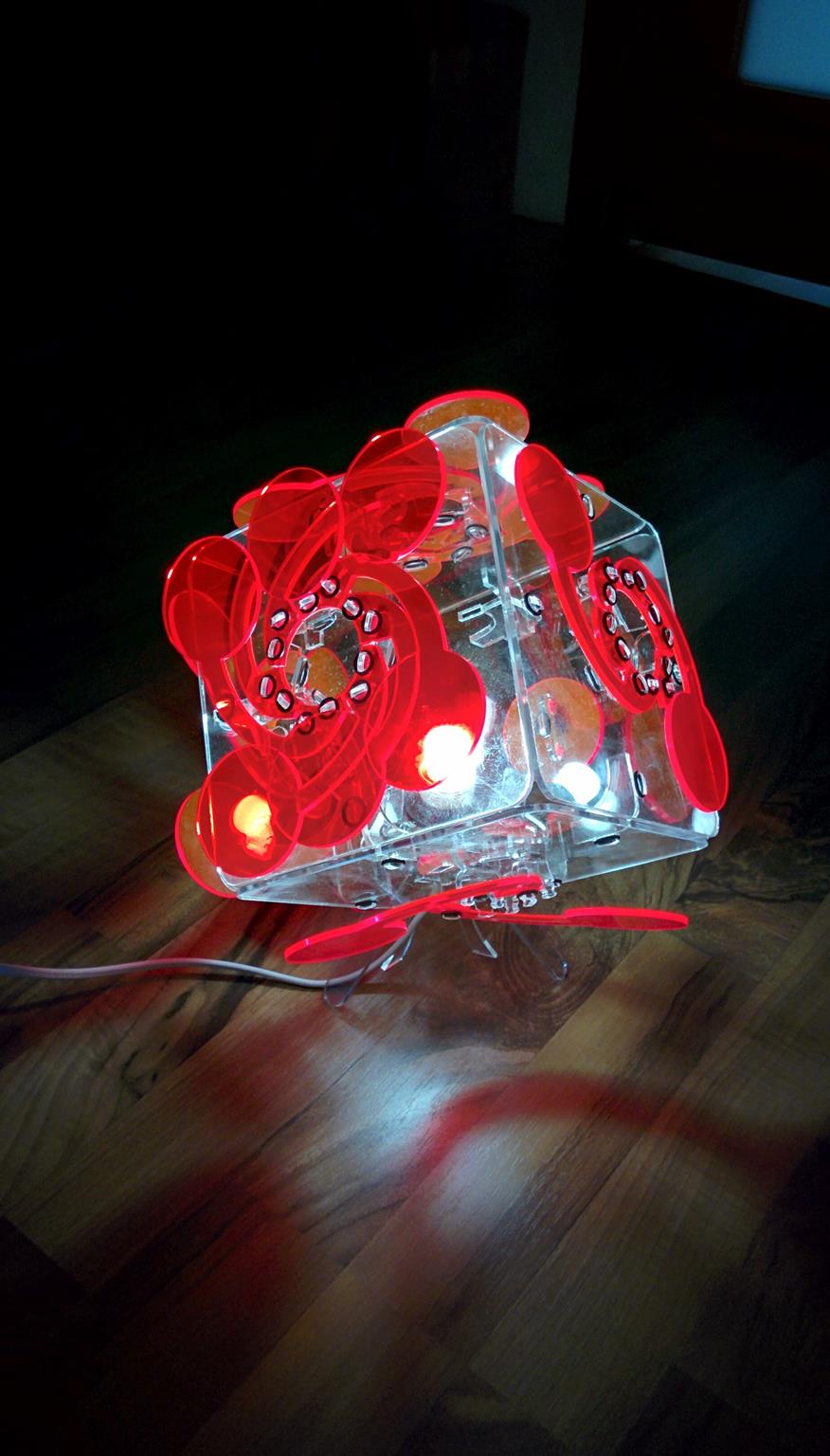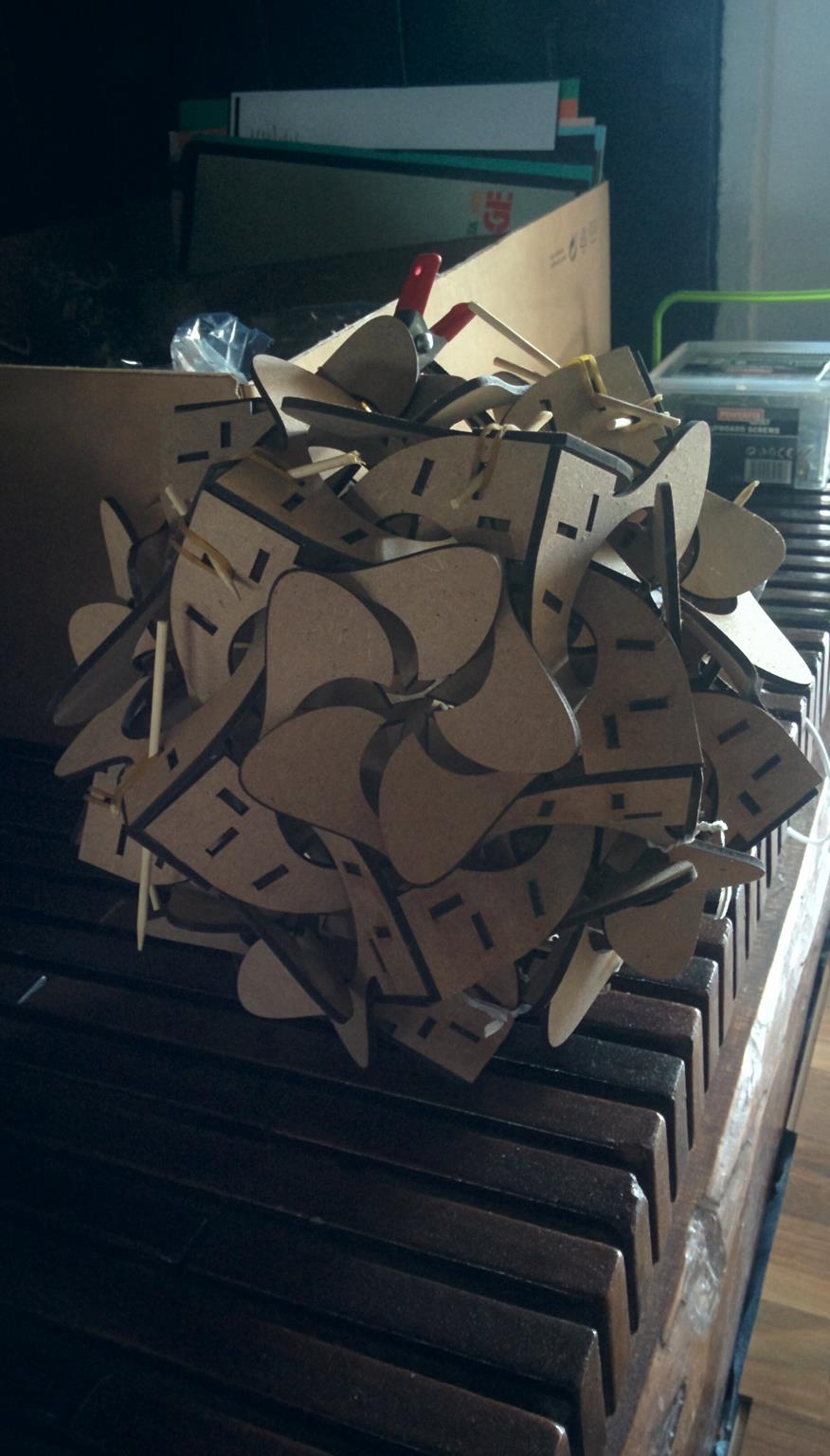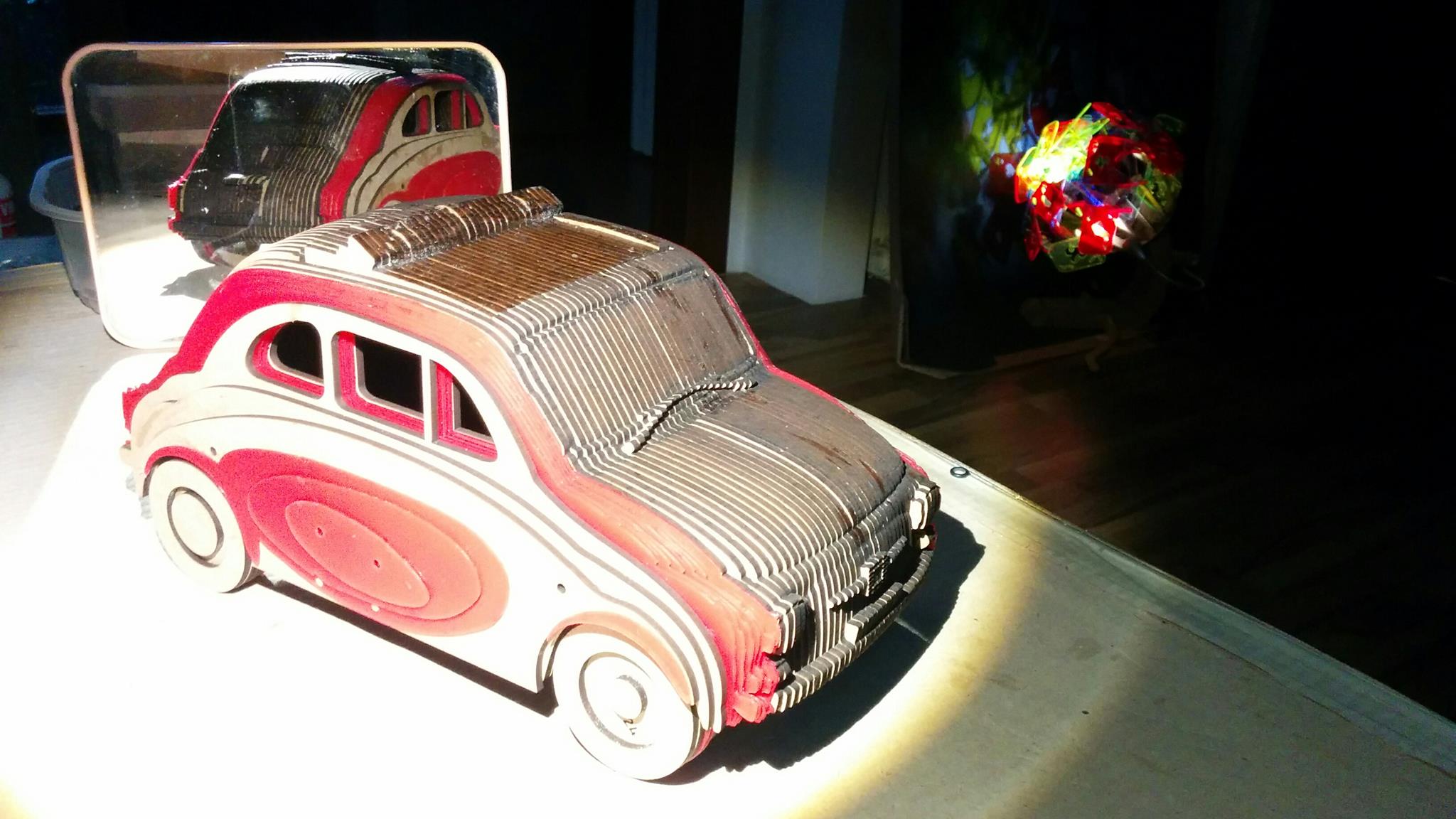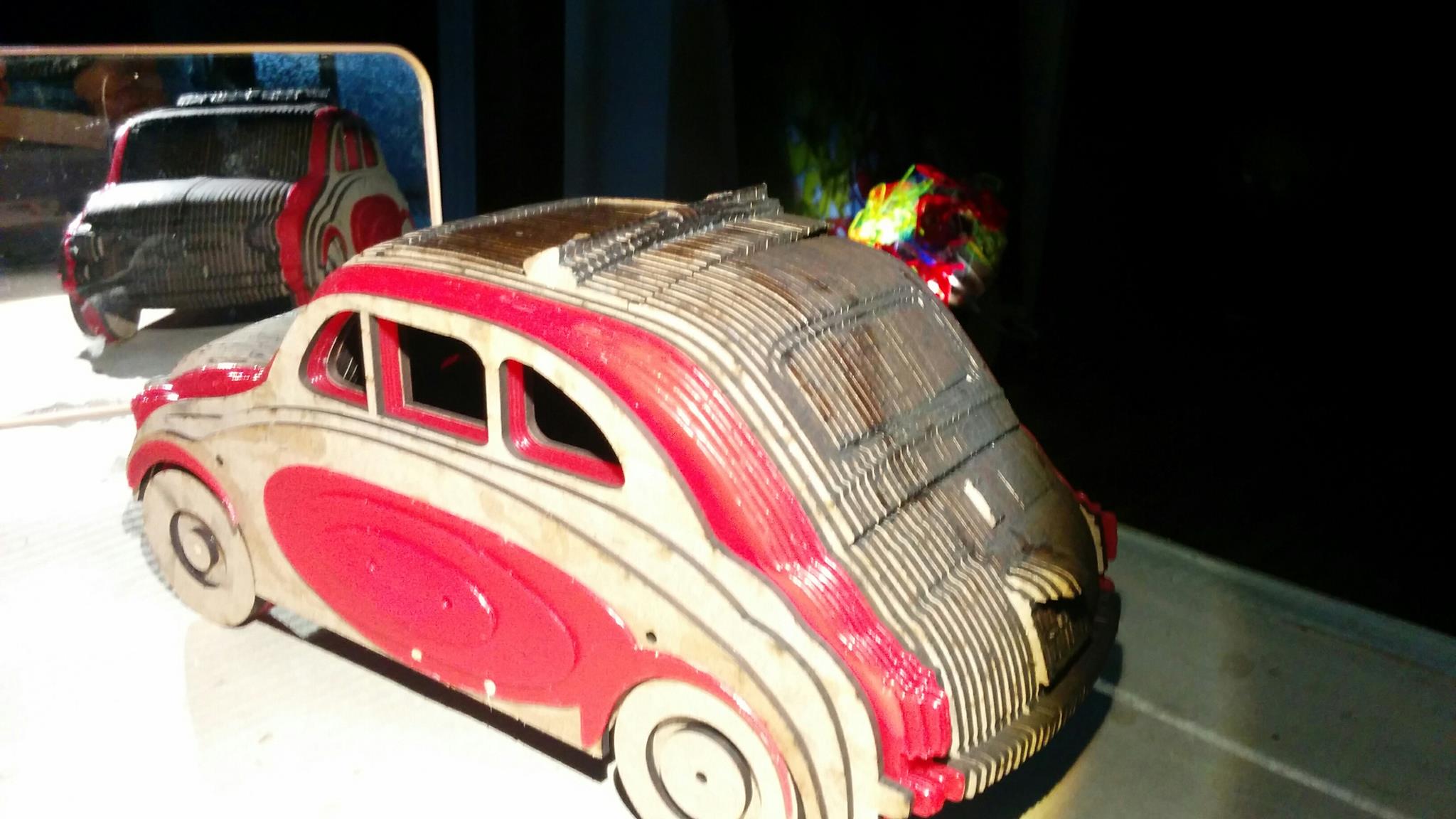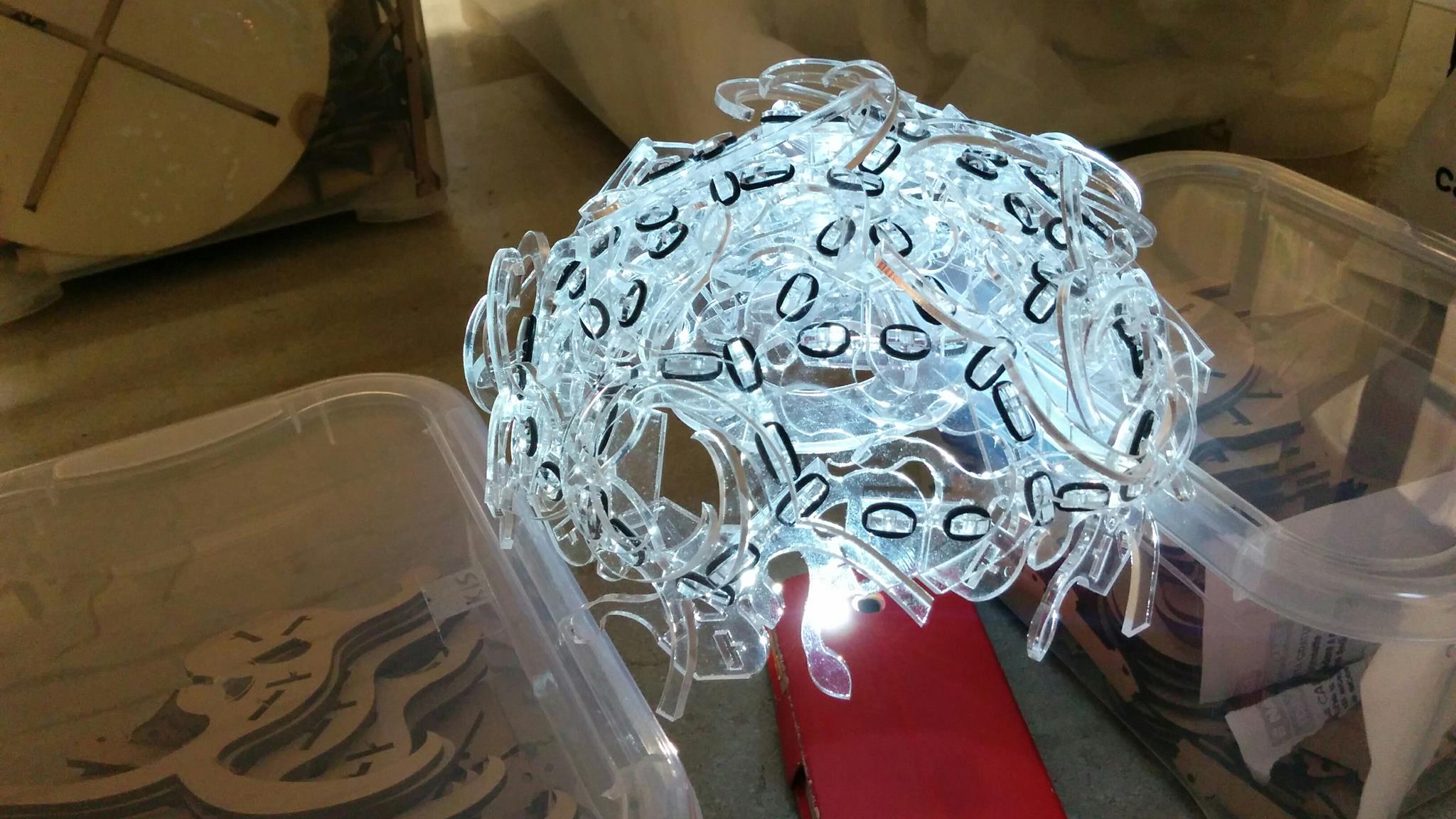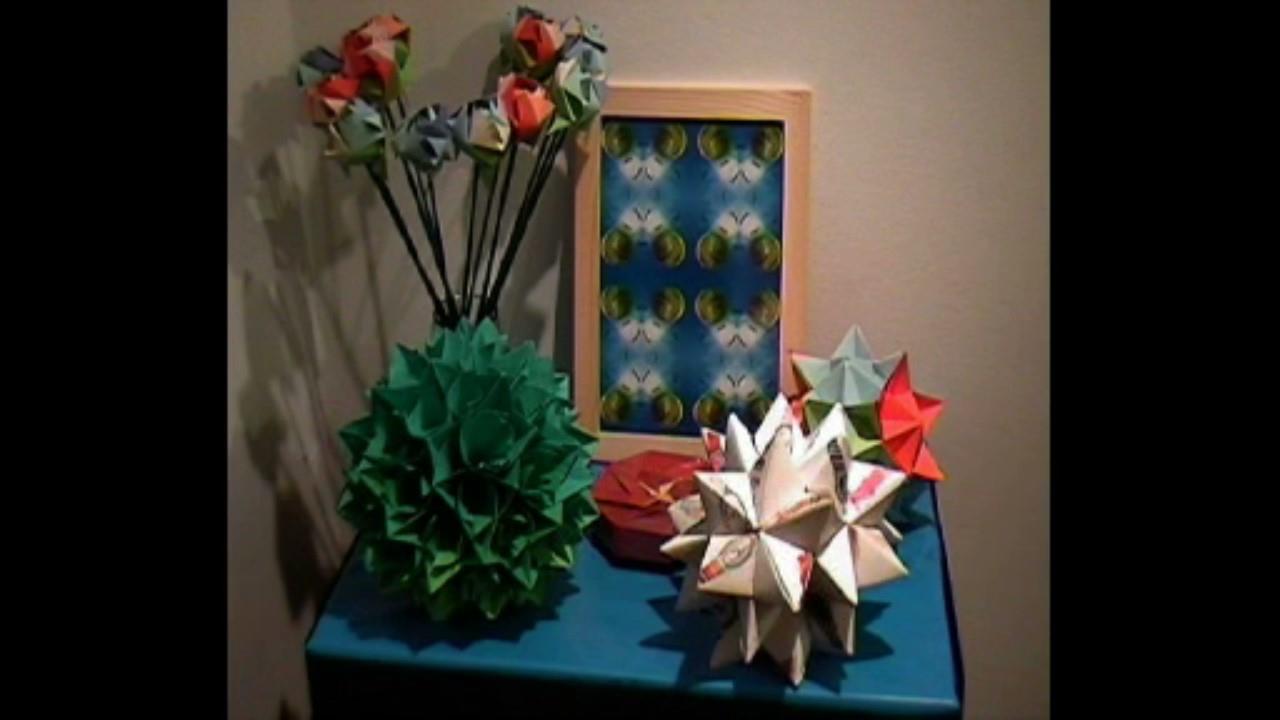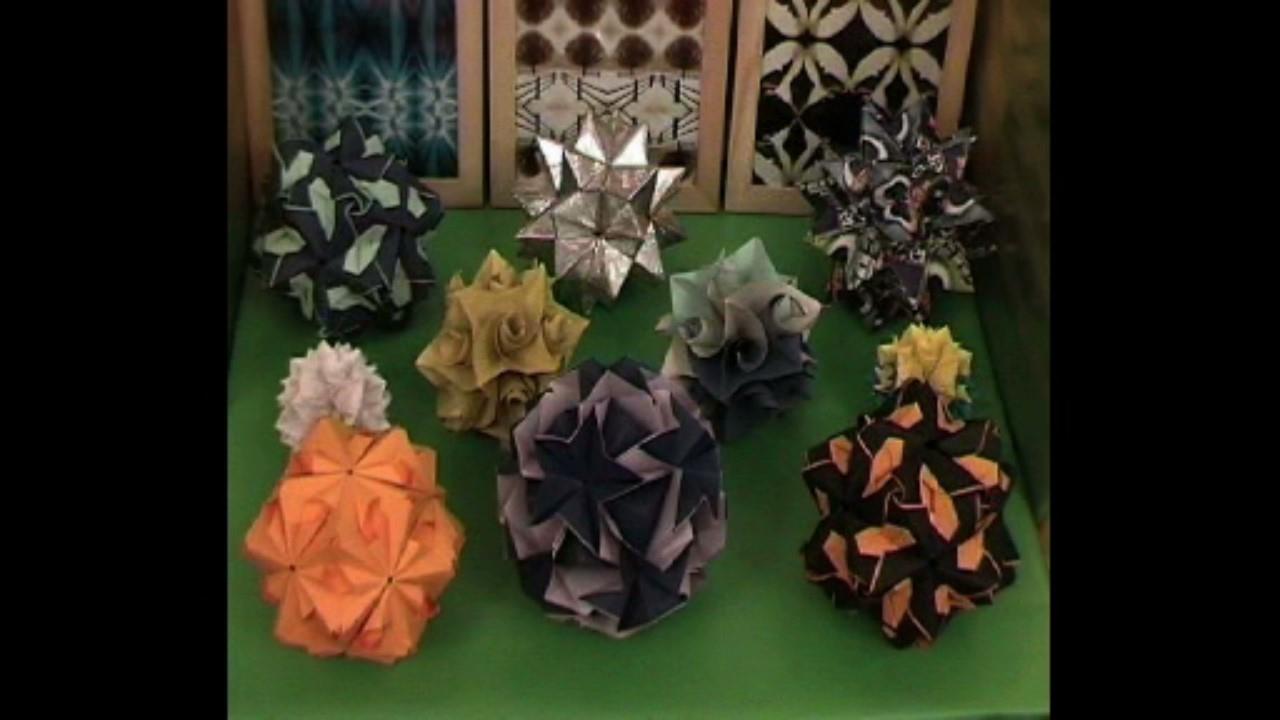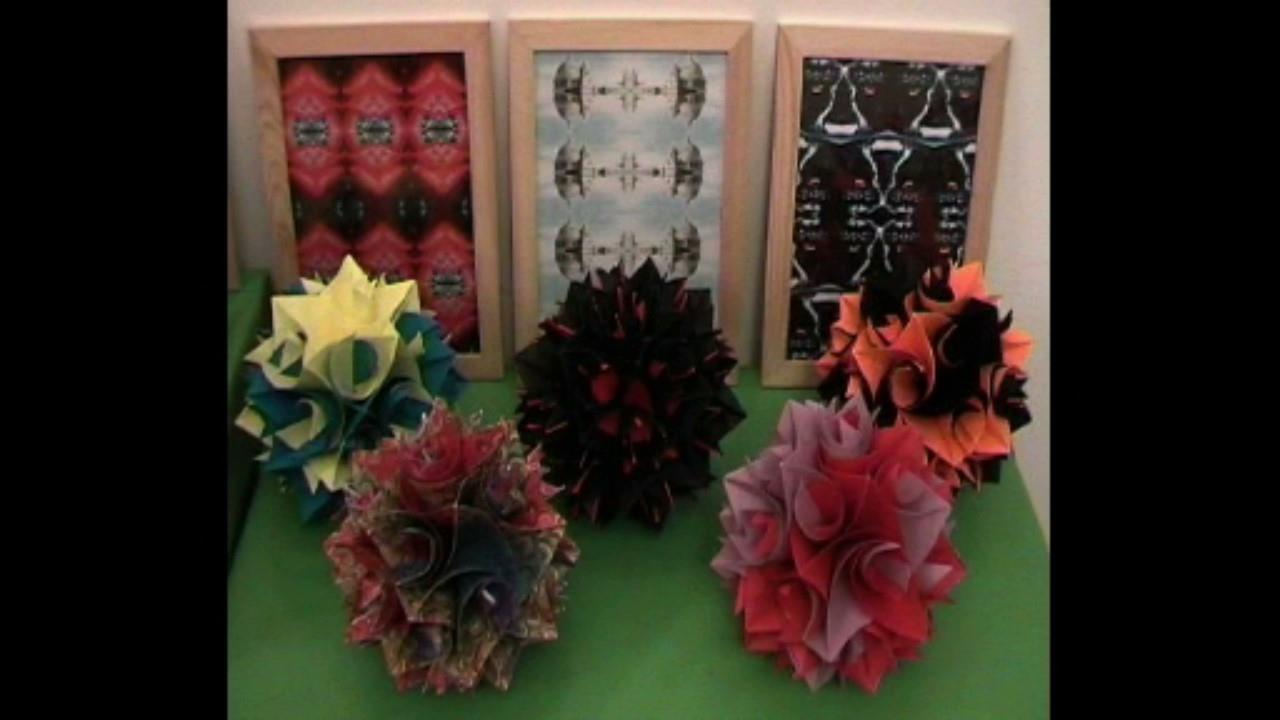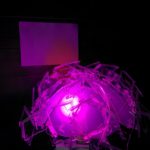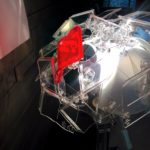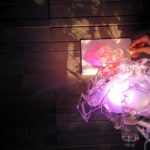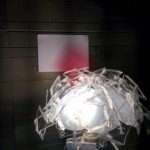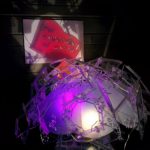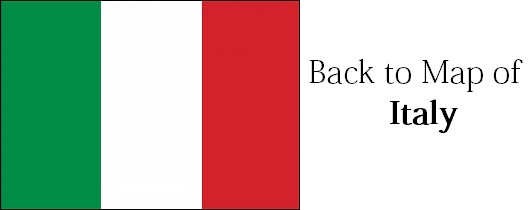Symmetry and geometric shapes, luminous fractals and colourful origami. These are the themes that digital artist and creative designer Luigi Savoia deals with in a just stunning way. To observe his works is simply impressive, especially because he himself is naturally completely fascinated by them and presents his creations with a beautiful concept. Luigi came to the Vagabundler Project via urban art and through the graffiti documentation. He is currently working on the Streetart Map of Turin. But after some communication it turned out that besides his great Instagram channel to streetart, he is also a very inspired person in many other areas and creates beautiful objects. There will be another article on Luigi about his streetart content, but here we are going to focus in an interview on his cubic structures and the luminous installations, in the spirit of the famous artist Escher.

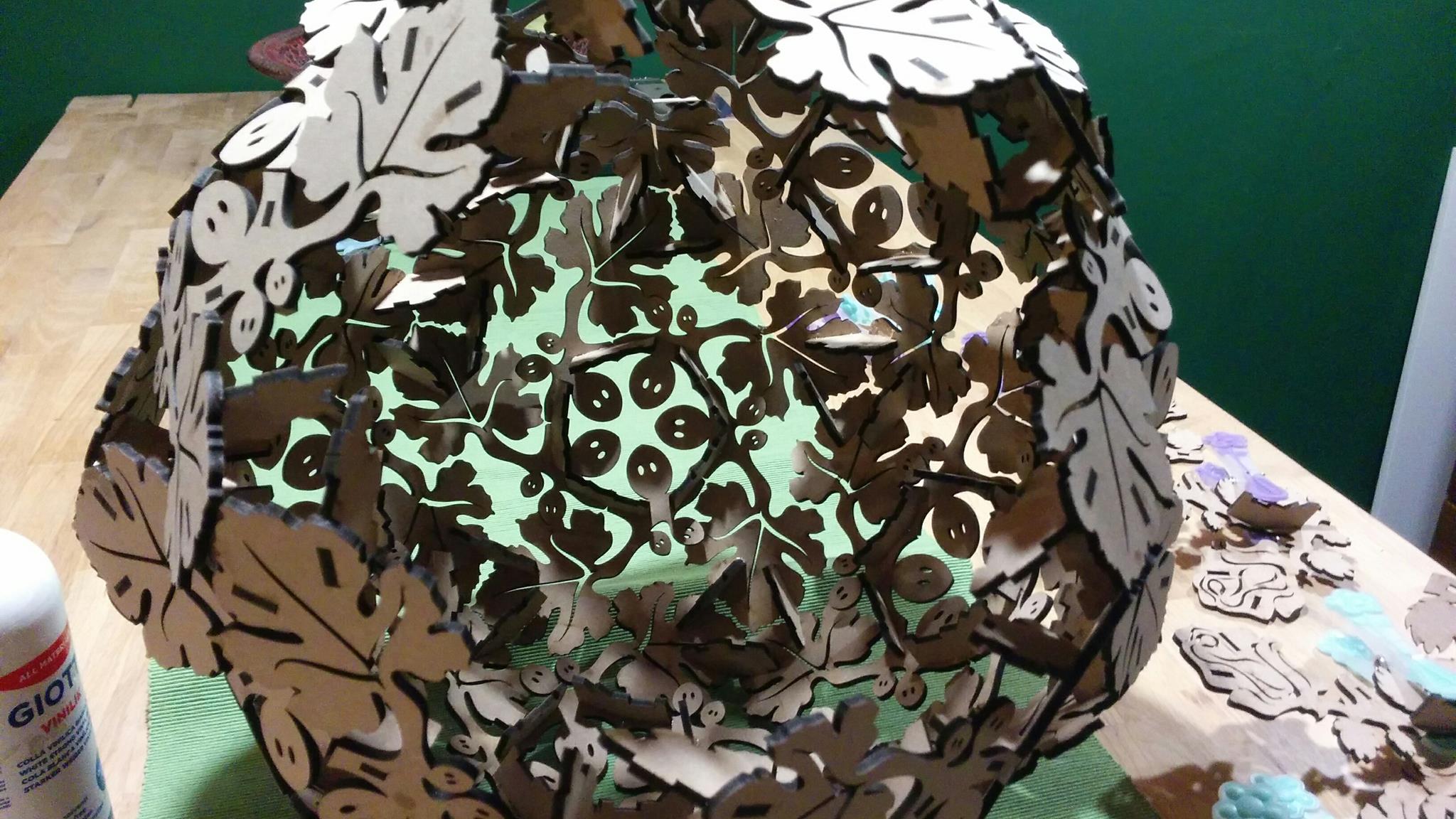
Luigi Savoia builts geometric objects and cubes, these works of art alone are a small interesting world, especially with his precise attention to detail and how he creates them. In further steps he adds lighting elements and takes his installations even to a next level. And as if that wasn’t enough, Luigi also combines music and sound to make the work a little treat and a comprehensive sensory experience. His mathematical thinking and his logical view of the world, shows the inner search for connections and formulas, which he finds everywhere and which inspires him. He uses these formulas and principles that exist in nature and applies them to his works. His cubes can be made of wood or plexiglass, but also of paper, which can be found especially in his origami artworks. It is obvious that this astonishing engineer is a huge fan of origami.
Luigi had already countless awesome exhibitions with his works, always a little different and mostly with new elements. Sometimes wood, sometimes plastic, sometimes with animal motifs, sometimes colorfully decorated cubes or also whole animal figures, sometimes rather simple but geometrically whacky structures. He assembles all the individual parts for his works himself and cuts them to size beforehand using laser technology or creates them with a 3D printer. But one step before that, the program for the software has to be written first, and if we go back even one more step, it’s an idea in Luigi’s imagination. He has the idea of assembling the individual pieces into a larger object in his head, in his thinking. It’s really impressive and here Luigi gives us an insight into his creative wonderland in an extensive interview.

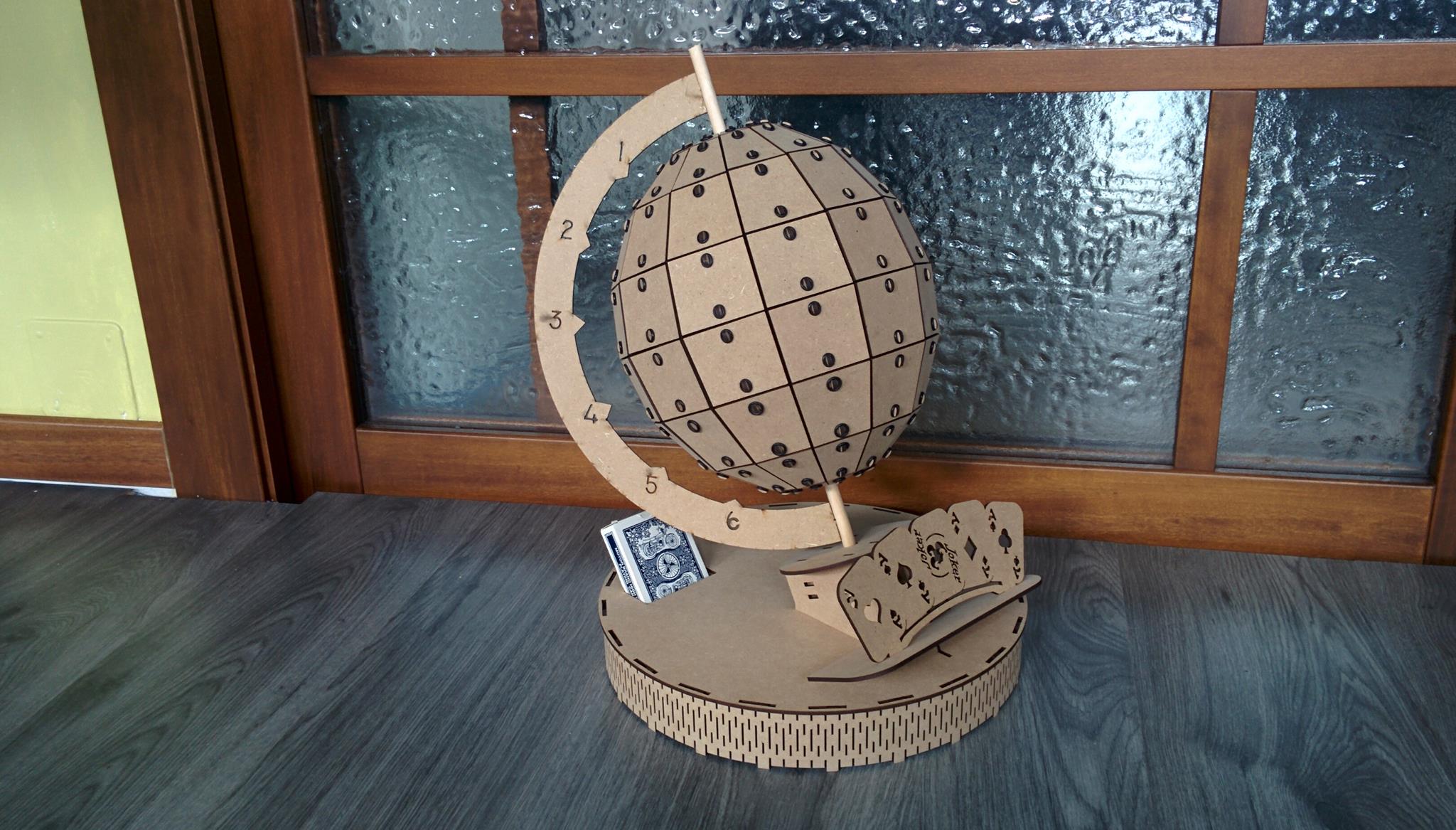
When did you start doing your art? How did it begin and why?
Let me start with a little introduction of myself. My name is Luigi Savoia I am 56 years old, I am happily married with my wife Morena since 1996. We met when we were 18 and we have no children. I did technical training, a diploma in electronics, then specialization in mechatronics at the mechanical department of the University of Bergamo. I have worked in many large companies, about ten so far with many different tasks: routing printed circuits, after-sales technician for mechanization of CAD design offices, hw / SW management, engineering platforms in automotive companies, 3d printers, customer management for industrial waste and environmental remediation. Today I am employed in an ICT organization in an important production road freight company for commercial vehicles. My education and my many different professions have helped determine the tools for expressing my natural artistic inclination.
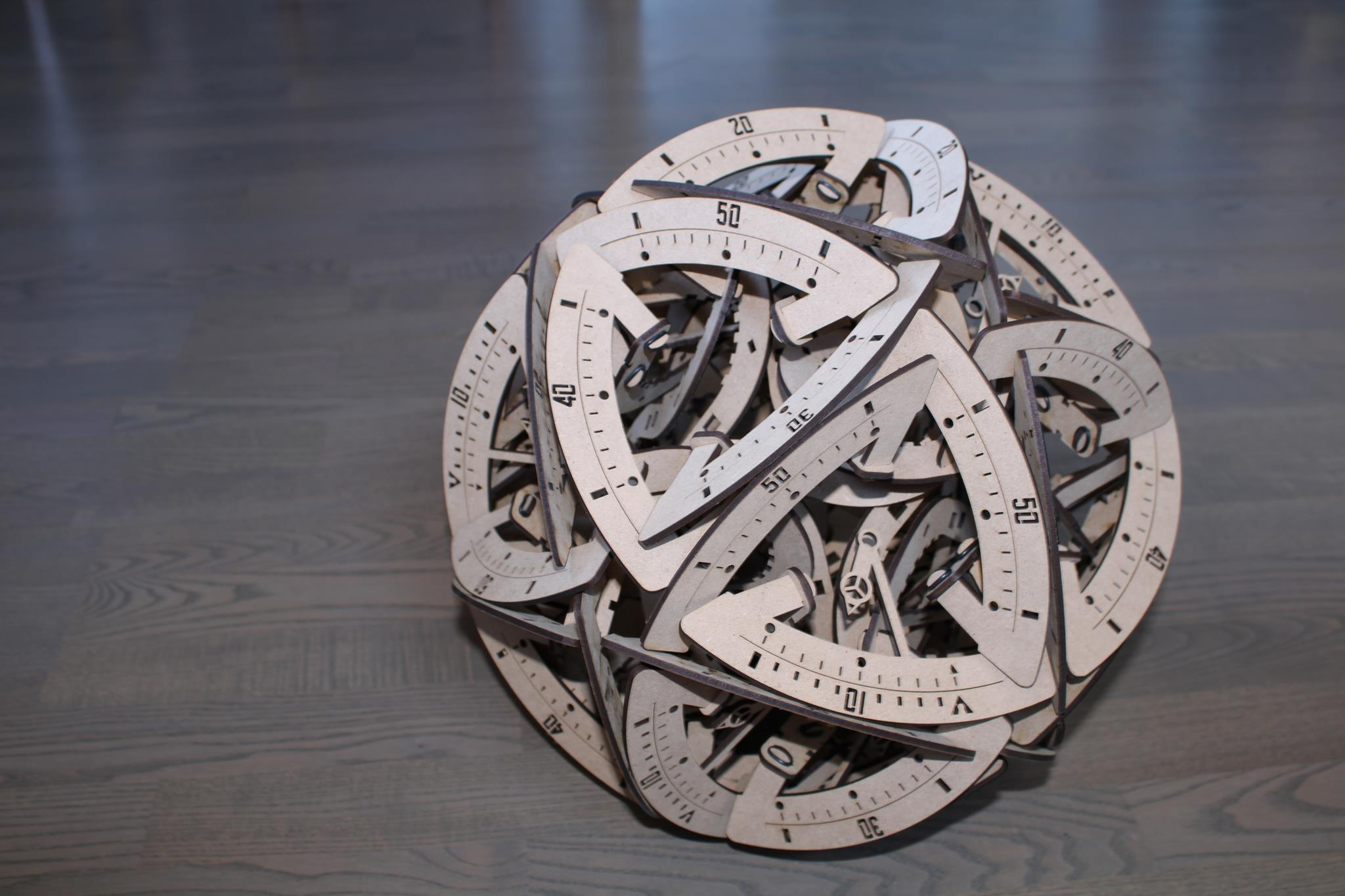
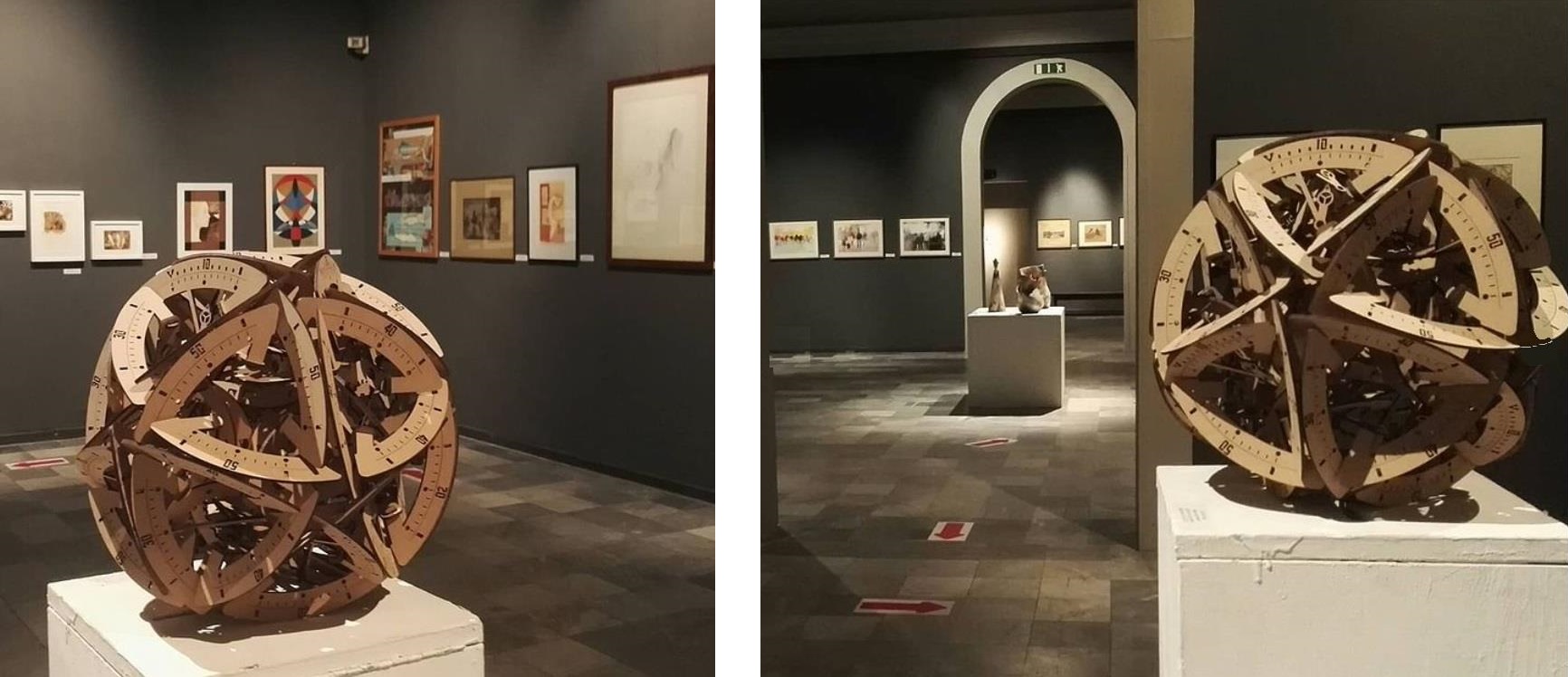
How did your art develop over time? Did you do other kinds of art before and now went on design and constructing or was it this from the beginning?
At the age of 6, I listened to the radio, turned on by my partents, a piece of classical music performed playing a piano. I had a very happy feeling that still accompanies me today when I listen to music. I then decided that I would study music but I only managed to do it many years later. Economic needs led me to do technical studies in a very industrialized city like Turin with advanced technologies and in this context I found my first job as an electronic technician at the age of 21, immediately after military service. With my first salary I signed up at a music school and I chosed the classical guitar. A few years earlier, at 14, I had started playing the guitar alone, using only the chords, but I wanted to study to read music and learn about other techniques. This musical part is very important, because it fascinated and absorbed me for at least 10 years. I say this because while I was studying the guitar alone in my adolescence, I also began to draw with pencil and ink, fascinated by works by the graphic artist Maurits Cornelis Escher, who was best known for his depiction of impossible figures.

I also wanted to know more about drawing, and in the same period of the music school I attended a course in an art academy, the Pictor of Turin, the same where many years later I would do the exhibition with my laser cut works. But the music was much more engaging. The lessons, the study a home and all the concerts that I attended, made me put aside the drawing. Meanwhile life went on, I kept working, I worked as an employee in many companies, I bought a house, I got married, I studied a lot also for the various professions that I discovered from time to time. I have many high-content professions technological. Among the many, two give me the cultural tools to achieve some modes of expression, becoming a digital artist, creating mathematical sculptures with functional musical or lighting declinations. They were: being a unix systems engineer in an IBM business partner company for the commercialization of cad or cam tools, and subsequently the post-sales figure (training, installation, technical assistance) for Stratasys 3d printers. In Frankfurt I followed the two training and professional certification periods at Stratasys.

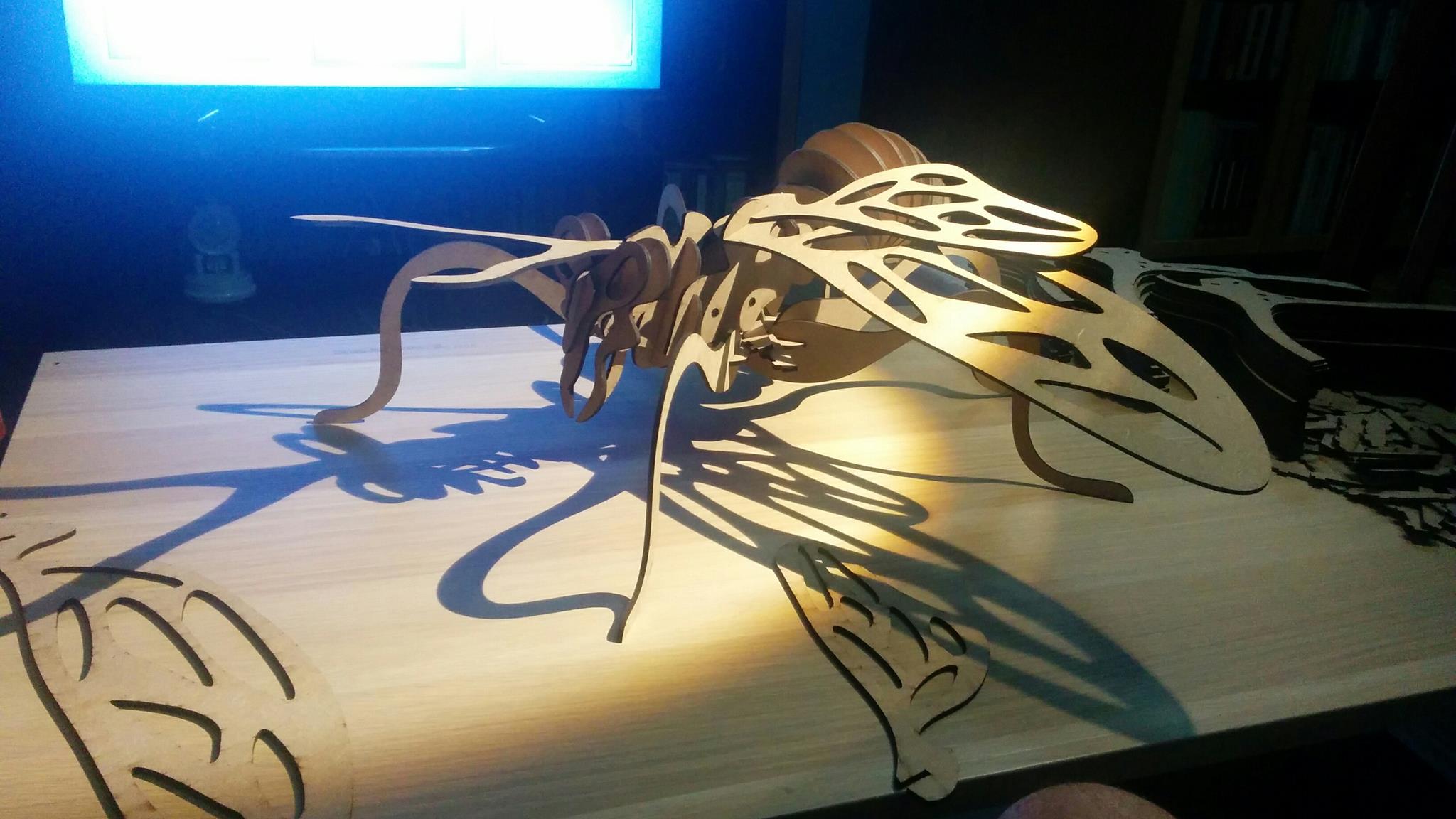
But I get to the digital artist only after I have also applied myself to the modular origami that formed my mind to the multifaceted structures. It all started after visiting an event. It was structured to feature many fascinating Japanese arts, such as ikebana, suiseku, martial arts, bonsai, origami. The origami one in particular struck me a lot. There was a room with many objects made with the modular origami technique. It was 1995, I bought the the first origami book by Japanese artist Tomoko Fuse. Once again I was wishing to understand how to do it. Some time later I had my first origami exhibition and in 2005 the last. I have done six origami exhibitions till now. I continue to train on origami by buying books and the birth of the world wide web adds the possibility of have new material and meet other brilliant creators of new folds and shapes. Even today I keep myself updated. Meanwhile, life goes on, other challenges in different companies, such as Pininfarina for example or others that led me to live in other cities, such as Bergamo. My chance to design exhibitions and meeting people to relate in a confrontation of the emotions that come from the origami (path and result), is enriched with a new capacity. Studying the polyhedra with use of the many modeling sws that have been created over the years, I have found my own interpretation of the internal volumes, and of how you can use the plans that slide inside them.

I spend many years studying these shapes and when in 2016 I have the first results the new challenge began: how to achieve them? I did some tests using the 3d printer, but it didn’t satisfy me the plastic material and the manufacturing time. So, wanting to use materials like wood, I chose laser cutting. As always, luck favors the bold, because the group is in Turin of DIY stores Leroy Merlin, has launched a unique project among all its stores. It provides the use of a large laser cutting machine at a cost per minute. I followed an apprenticeship course with them to learn how to laser, and within a few weeks I became an expert in this technology. Using this machine myself, not alone it gave me the possibility to make the first prototypes, but it added new design skills: now when I draw in CAD, which is a modeling software, I think in advance what will happen when I laser. In 2017 I was ready for my first exhibition with digital works, and it was the Pictor academy in Torino, where I had attended drawing courses many years earlier, which hosted me. Also in 2017 as an exhibitor at a expomagia in 2018 I am at the Master of magics in Venaria, where the club friends of magic, an important association of magicians with international guests of great level, as an exhibitor of art objects that interpret the world of magic.

In the meantime I kept thinking about how my objects can also have their own functionality and I find a way to listen to music with the hands, or having projections of light. The pianist on the video below is the virtuoso Peter Bence. Not only lamps, but also a reverse engineering of images. We have arrived in 2019, the director of the Pictor academy reported me to the promoter of fine arts in Turin and I became a member with the faculty of exhibition. So I participated in the 178 edition with a publication on their catalog, and one of my works is present in one of their beautiful rooms in the nineteenth-century building near the castle of the Valentino park, in Torino. Thanks to my curriculum in the artistic field with these happy goals, I am proposing myself to others important exhibition venues, this health emergency is only lengthening the time, but I hope in 2022 to make the first in my new official capacity as a digital artist.

You work with geometrical structures and design. Origami is a typical example which you use often, so there the cubes and objects are made with paper. As well you make cubes with wood. Tell me more about this. Why these objects? What is it that fascinates you?
Modularity is one of the factors that strike me. Many identical objects, very different from the final result, assembled in a certain way they allow us to construct a three-dimensional object. So there are rules that I want to understand. A long time later I read this passage in a book that still makes me think: in the circle there is the information to reconstruct the sphere, in the square there is the information to reconstruct the cube. Here you can see an example of complex rules that become interesting objects in Escher’s tessellation and a famous wood game the burr puzzle.
These objects are one example in which to practice finding the hidden rules. Including the mechanisms between the rules and the result, it can also be practiced in other contexts, using these forms in conjunction with light, with music, with drawing. The great exponent of industrial design and artist Bruno Munari, wrote a sentence in one of his books that I really like: observe for a long time, understand thoroughly, do in a moment.
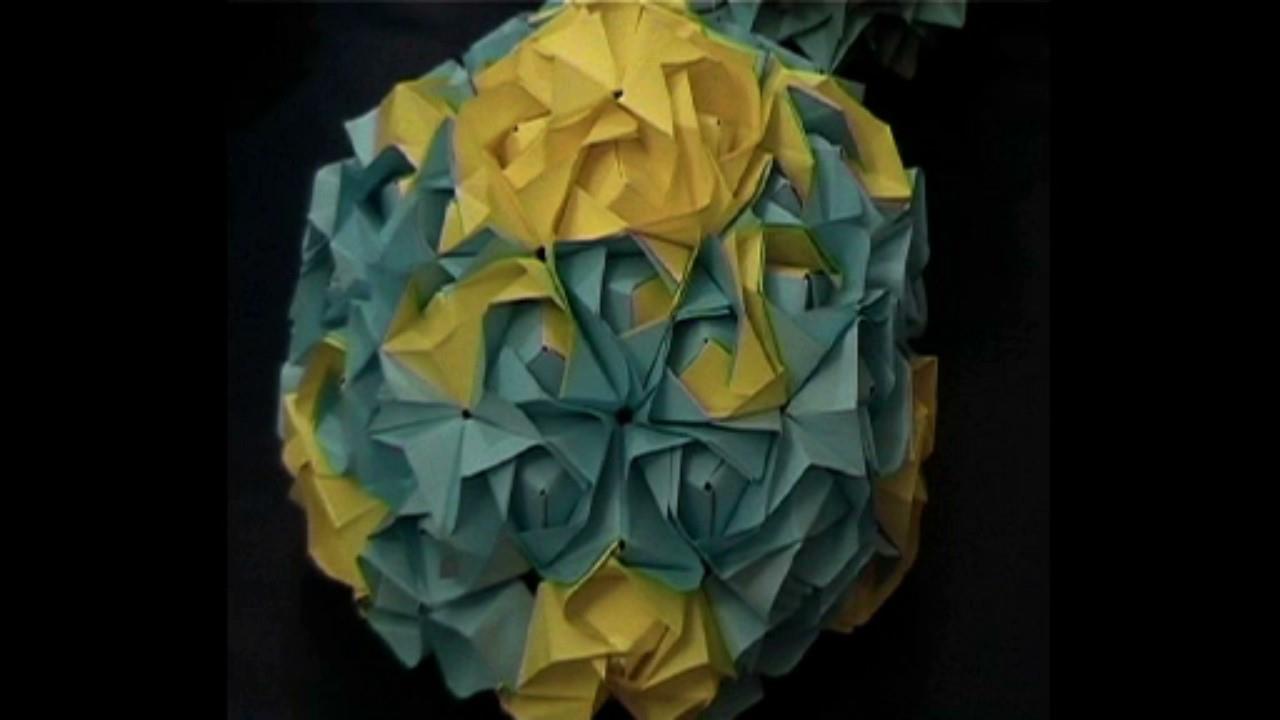
You do not only construct cubes or geometrical objects, there are as well animals or natural structures like honeycombs, mamals or a complex bee. But even there you can see the formative symmetry and geometry. Do you do as well other figures?
Yes, I experiment with stylization, once I understand which planes make up my objects, I insert figures that we all know: playing cards, a musical score, a train. They can be roses, leaves, tortuous weaves representing branches or succulents.

Origami is the art of folding paper. Starting from a mostly square sheet of paper, folding creates two- or three-dimensional objects. The origins are in the Japanese culture. Are you a fan of Japan and their art? Or is it only the origami technique itself?
I am a fan of Japan. Today the many all you can it have expanded the offer to eat with the Japanese style, but already in 2001 when they were not there yet, it was a pleasure to go to the Japanese restaurant. This is just to talk about the food. Japan has a fascinating centuries-old history, some books read, TV documentaries and reports from friends who have managed to visit it give me an idea. I follow some origami magazines through the internet, and it turns out that origami has the same grace that the Japanese express in all things. Here in Italy there have been several oriental festivals and there you can find many expressions such as dance, martial arts, objects of their culture, food. A little dive into what it would be like to go in Japan as a tourist to visit it.

How do you make the wooden structures? I assume you will first saw out the pieces and then connect them? It almost looks like the structure itself holds them together and you don’t need glue or fasteners.
I use laser cutting to create the individual pieces. This means that I design them first using modeling software in order to subsequently have the file with a format understandable by the cutting machine. That’s why digital artist. The material can be one of many: wood, mdf, perplex, plexiglas. When I design them, thinking about how the individual pieces are forced to stay in a precise position, I have several solutions to choose from. They can support each other, through the same concept of flap and pocket learned in the origami, or draw a separate figure that has the purpose of joining the modules. All this can be connected by exploiting only the simple friction of the material. But for materials without friction such as perplex or plexi, I have thought of other solutions that are also aesthetic. this is the case of the joints fixed with the orings. Yes the orings, those used in mechanics and hydraulics. Not only do I really like them as a result, but it’s also enjoyable to build them. I must say that I also thought about creating kits, to invite others to assemble my objects through instructions. It would be a technological way of making origami.

There is also a transparent cube made out of a kind of plexiglass with blue light. There are other objects like that which are connected with lamps. Tell me more about these objects and how did you make it? What is the story especially of these artworks? Because here the light is an important factor.
This is my first musical and light work together. I started from the cube finding my own interpretation and I found some. In this I understood that by rotating a certain figure on the face of the cube and repeating it for all the others, breaking it down further until you have 24 pieces, then here is that in the center of the cube a sphere develops. I thought that these planes could be vibrated by a 3 w bluethoot case (very few), inserted in the sphere.

While admiring the artworks you could also hear the musical results, the guitarist is Roberto Gottardo an Italian virtuoso. The light strengthens the scenic part of the listening and highlights the ability of the methacrylate to reflect light in a different way on its surface than on the inside looking from the cutting sides. Other of my works exploit this ability, combined with the required function of projection. Yes, because while I was using light for music, I saw that it was also possible to project the figures that make up the object onto the wall. A kind of kaleidoscope of my initial forms.


You do as well paintings. Or are these artworks printed? Like with a screen printing machine? How do you make them?
The drawing is all done by hand, no printers, first in pencil and then overhauled in ink with the rapidograph. The rapidograpg I learned to use it for technical drawings in school and university, it was easy to bring it into my artistic world. I was 18 in the 1980s. Much of the music that is history today was either recently or was still in progress. There were many musical LPs with wonderful covers. The fantasy designs were linked to the atmospheres that those music were able to create. There are also many films. I still remember one with pleasure now: Labirynt. In one scene, Escher’s impossible stairs are used and right on the top of the stairs … David Bowie. What a thrill to have so many musical geniuses and many other disciplines parallel to our existence. My desire to draw is expressed in this way with what comes to me from the complex artistic production of those years.

There is also a portrait and this is obviously drawn by pencil or charcoal. Tell me more about this part of your creative doing. Do you draw more often, or was it just a single artwork?
This is Morena, my wife. We are the same age, I drew that portrait in 1987. I did some other portraits in pencil for friends. In general I don’t leave my pencil works. I finish them with the ink, I love the contrast between white and black spaces that is created, and with the pointillism technique I get such pleasant shading effects even while doing it.

You are an engineer and when I look at your artworks I can see a connection. I suppose you like numbers and formulas, as well logical relations and concepts in nature. Am I right?
Yes, right. Fractals in nature such as in Roman cabbage, the Fibonacci sequence found in the sunflower, the pentagon in flowers, the spiral and golden section of shells. A lot of mathematics is present in beauty, present in the rules that determine it. I try to bring it back in my works, which fall under the definition of mathematical sculptures.

VISION: find hidden information and determine the best way to communicate it
MISSION: those who accompany me in this personal search of mine: my wife determines that mood of a person in love who sees light in all things and with her I share the difficulty of living; all the people I can involve and explain to me and help to understand how much alone I cannot.
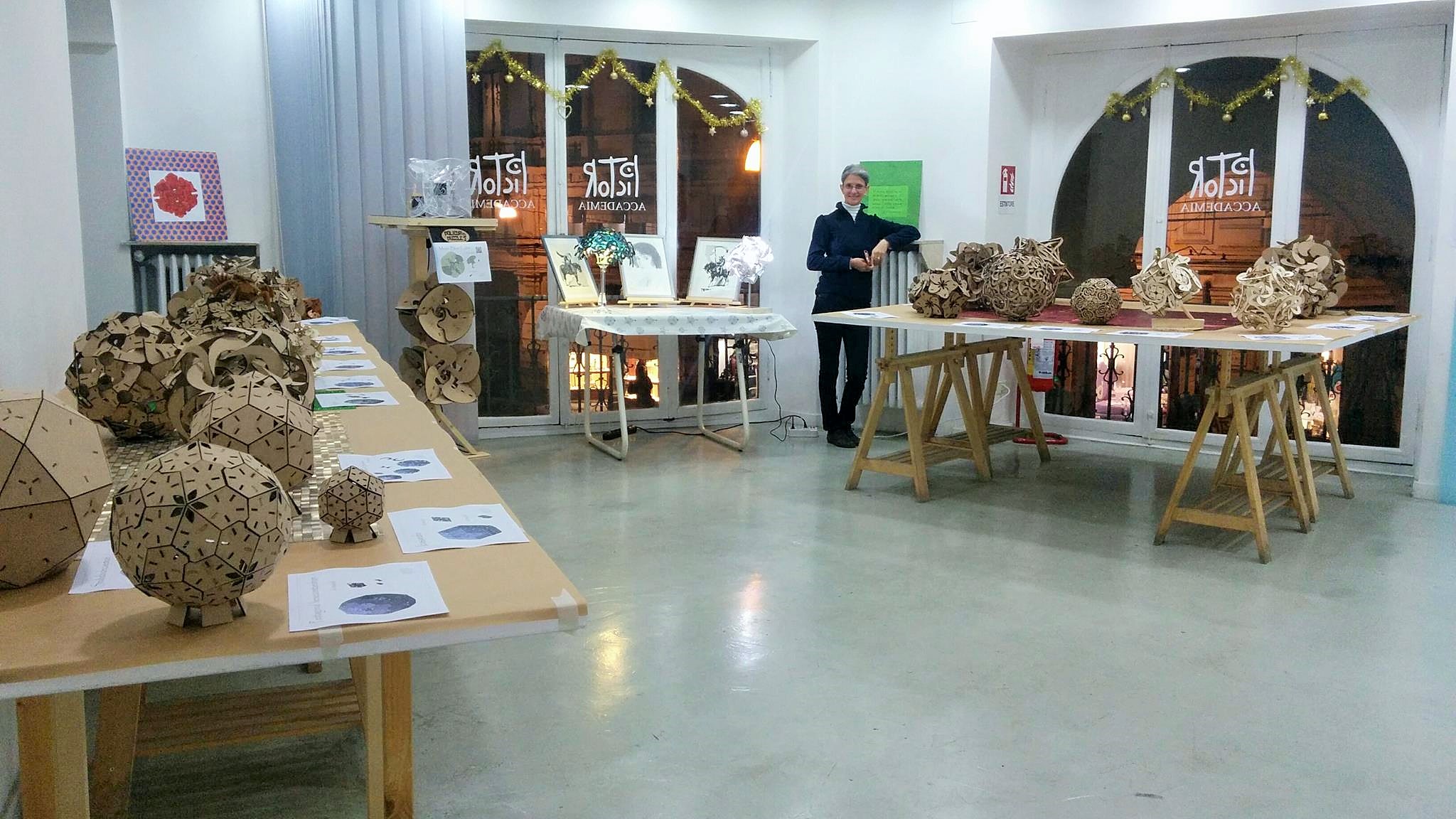
LUIGI SAVOIA – Pictor exhibition – Polyhedral Variations
What polyhedra are from a geometric point of view and what influences they have had on some people over the centuries it is possible to find out from the many dedicated and specific resources found on the net. It can be learned that there are only 5 regular polyhedra that have been used by Plato associated with the 4 elements air, earth, water, fire and the quintessence. They were used by Kepler to try to explain the universe they are found in the works of Leonardo da Vinci, Piero della Francesca, Escher to name a few. In a single and specific historical period they werealso object of an intense editorial production and recently they have been re-proposed in a series dedicated to phantasy geometry. As for my works exhibited here, the inspiration comes from the practice of modular mathematical origami and from the study of multifaceted representations, performed with materials such as wood, metal and plastic, by contemporary mathematicians who use digital technologies to develop this theme. Often by modifying some steps in the models created by the great masters in the origami technique, a new model is obtained, but one is
far from having found an original solution.


However, by applying digital techniques in polyhedra, starting from the rules already tested, personal variation has allowed a new starting point for a path of evolution and original realization. In this way, always different shapes are obtained even starting from the same polyhedron in an infinite game search for those profiles that are able, albeit always equal to each other, to coexist without ever meeting, if not in the points that allow self-support and to enclose the volume from which they were generated. Putting this game into practice is very pleasant and to share all this, in designing mine works I thought of applying that concept of modularity of which they themselves are composed. They can be admired as they are, the results of the assembly, but for those who wonder how they were made, through kits of individual parts you can experience the assembly and the progressive understanding of the final shape. There are also possible paths that everyone can take in parallel to the traced path, using colors, symbols, texts and further coatings that will render them closer to one’s self. this is what is observed with the examples of form such as lamps or the musical cube.


INFOTHEK
![]() Artist: LUIGI SAVOIA
Artist: LUIGI SAVOIA
![]() Streetart: https://www.instagram.com/mcescherbach
Streetart: https://www.instagram.com/mcescherbach
![]() Design: https://www.instagram.com/mcescherbach_design
Design: https://www.instagram.com/mcescherbach_design
![]() Main Legend: https://www.instagram.com/explore/tags/mcebmainlegend
Main Legend: https://www.instagram.com/explore/tags/mcebmainlegend
![]() Youtube: https://www.youtube.com/@luigisavoia125
Youtube: https://www.youtube.com/@luigisavoia125
![]() Interview about Music & Singing: https://vagabundler.com/musicians/luigi-savoia
Interview about Music & Singing: https://vagabundler.com/musicians/luigi-savoia
![]() Streetart Map Turin: https://vagabundler.com/italy/streetart-map-turin
Streetart Map Turin: https://vagabundler.com/italy/streetart-map-turin
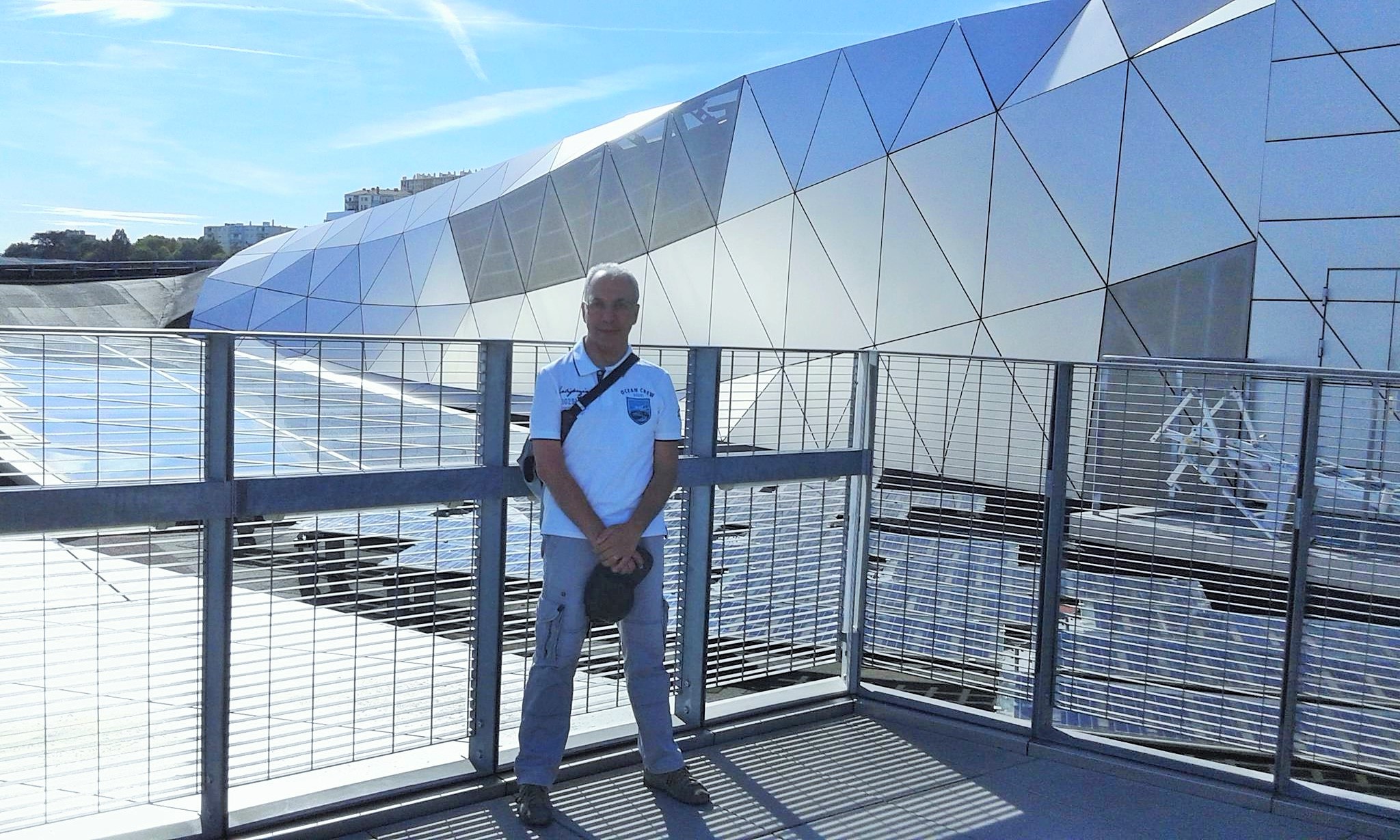
MORE ARTICLES ABOUT ITALY
>>> Nick Neim & Art of Sool <<<
>>> Streetart Map Turin <<<
>>> Murales di Orgosolo <<<
>>> Venice – Venezia la Serenissima <<<
>>> Florence – Firenze Toskana <<<
>>> Lago di Como <<<
>>> Bologna – University City <<<
>>> Streetart Bologna <<<
>>> Lago di Garda <<<
